Historic site

Tourism Sites
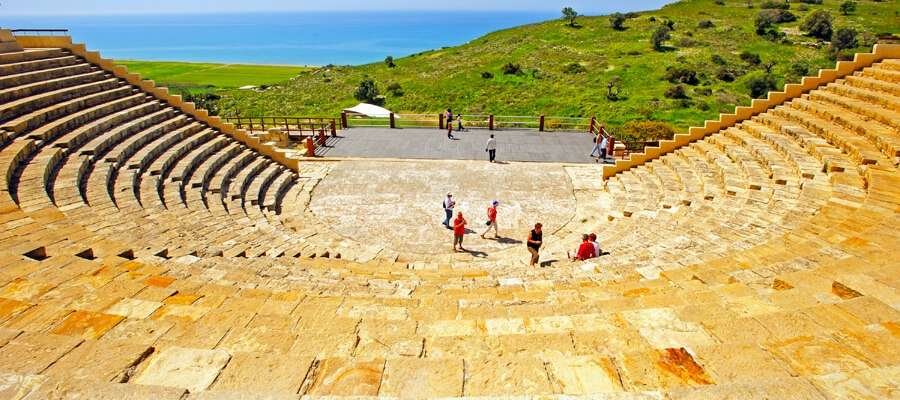
Kourion Ancient Theatre
🧠 Fact: This 2nd-century theatre still hosts performances.
💡 Tip: Go in the morning to avoid crowds and heat.
Info - Perched dramatically on a clifftop overlooking the Mediterranean, Kourion Ancient Theatre is one of Cyprus’s most breathtaking archaeological sites. Originally built in the 2nd century BC and later expanded by the Romans, the theatre is still in remarkable condition and hosts open-air concerts and performances today. The semicircular seating area, accommodating up to 3,500 spectators, offers panoramic views of the surrounding countryside and sea. Visitors can walk through the ancient ruins, including nearby mosaicked villas and baths, making it both a cultural and visual highlight of any trip to Cyprus. Its setting is simply unforgettable.
- 📍 Cyprus, Limassol
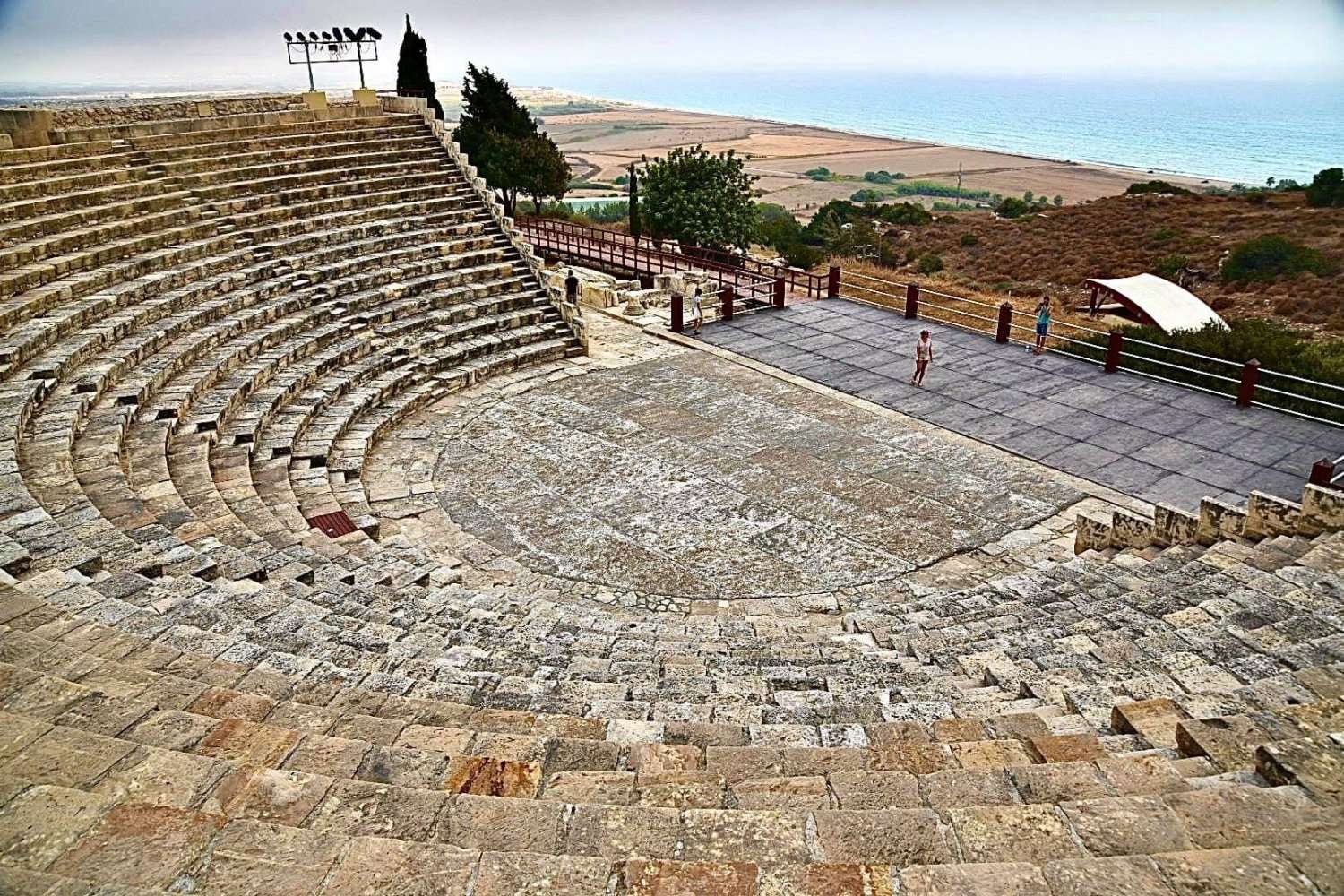
Kourion Archaeological Park
🧠 Fact: Features a well-preserved Greco-Roman amphitheatre with sea views.
💡 Tip: Visit early or late in the day for cooler temps and better lighting.
Info - Kourion Archaeological Park is one of Cyprus’s most important ancient sites, dramatically set atop a cliff overlooking the Mediterranean. The park features well-preserved Greco-Roman ruins, including an impressive amphitheater still used for performances, mosaicked villas, and public baths. The House of Eustolios is a standout, showcasing intricate floor mosaics and remnants of ancient bathing complexes. Visitors can wander along ancient streets and imagine life in this once-thriving city-kingdom. With sweeping sea views, a fascinating museum, and access to nearby beaches, Kourion seamlessly blends history and natural beauty in a single, unforgettable location.
- 📍 Cyprus, Near Limassol
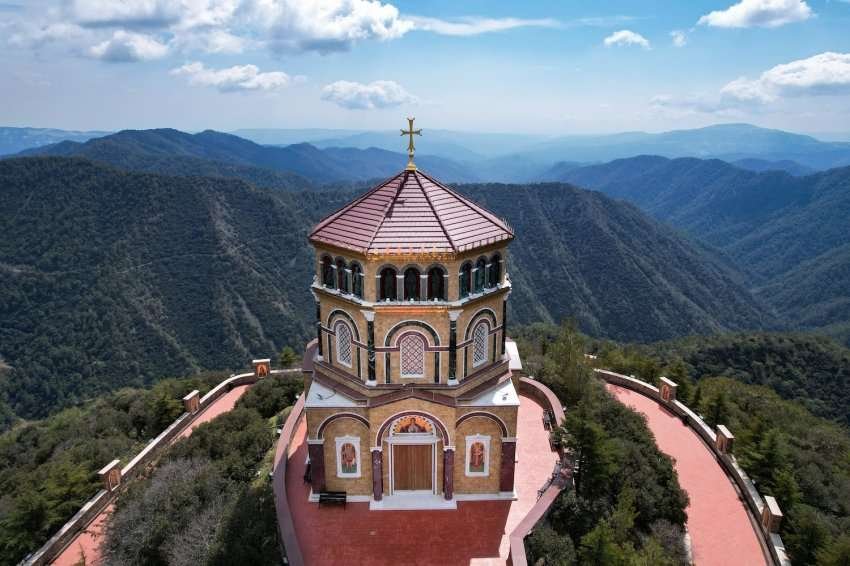
Kykkos Monastery
🧠 Fact: One of the richest and most famous monasteries in Cyprus.
💡 Tip: Dress modestly; shoulders and knees should be covered.
Info - Perched high in the Troodos Mountains, Kykkos Monastery is Cyprus’s most famous and lavish religious site. Founded in the 11th century, it’s known for its opulent interiors, golden icons, and rich collection of religious artifacts. The monastery houses a revered icon of the Virgin Mary, believed to have been painted by St. Luke. Surrounded by dense pine forests and mountain scenery, Kykkos also includes a fascinating museum detailing the island’s religious history. Visitors come for its peaceful atmosphere, impressive frescoes, and panoramic views of the surrounding valleys, making it a spiritual and cultural highlight of Cyprus.
- 📍 Cyprus, Troodos Mountains
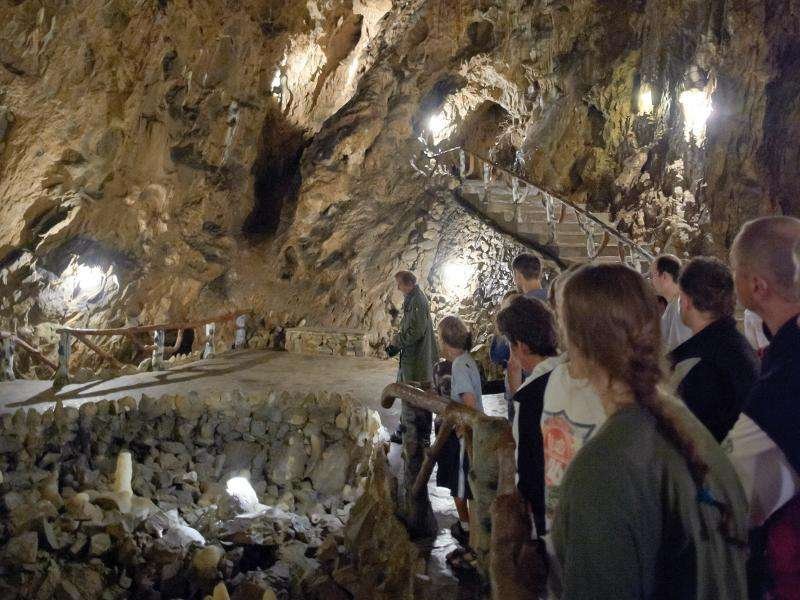
La Merveilleuse Cave
🧠 Fact: A natural cave system featuring impressive stalactites and stalagmites.
💡 Tip: Wear comfortable shoes for the guided tour through the cave's chambers.
Info - La Merveilleuse Cave is one of Belgium’s most beautiful natural caves, located just outside Dinant. Guided tours reveal a stunning display of stalactites, stalagmites, underground waterfalls, and dramatic rock formations. The caves are well-lit and accessible, offering a cool retreat in summer and a fascinating geological experience. Its magical, otherworldly atmosphere makes it a favorite for families and nature lovers.
- 📍 Belgium , Dinant
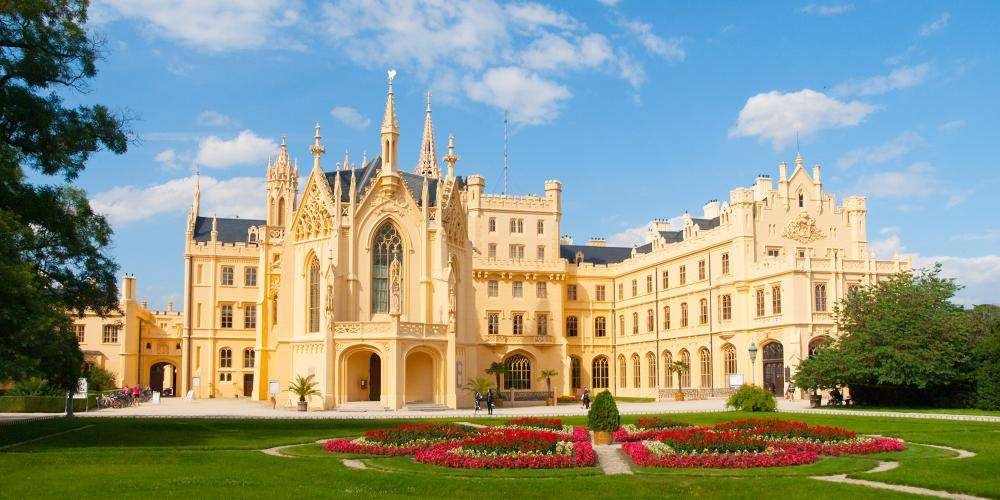
Lednice Castle
🧠 Fact: A UNESCO World Heritage site showcasing Neo-Gothic architecture.
💡 Tip: Explore the extensive gardens and greenhouse.
Info - Lednice Castle is a jewel of Moravian architecture, surrounded by one of Europe’s largest landscaped parks. Originally a Gothic fortress, it was transformed in the 19th century into a romantic neo-Gothic chateau by the Liechtenstein family. The castle’s lavish interiors feature carved wooden ceilings, a grand staircase, and elegant salons. The expansive grounds include a palm house, minaret, romantic follies, and scenic boating canals. Part of the UNESCO-listed Lednice-Valtice Cultural Landscape, it’s one of the Czech Republic’s most visited heritage sites, beloved for its enchanting gardens, fairytale-like façade, and aristocratic splendor.
- 📍 Czech Republic, Lednice
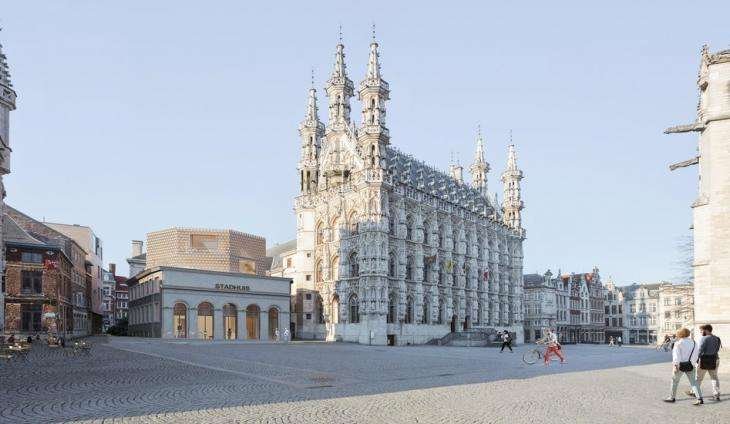
Leuven Town Hall (Stadhuis)
🧠 Fact: A masterpiece of Gothic architecture adorned with numerous statues and intricate details.
💡 Tip: Join a guided tour to learn about the building's history and symbolism.
Info - One of Belgium’s most ornate Gothic buildings, the Leuven Town Hall is a showstopper. Its intricate façade, covered with 236 statues of local figures and saints, is a masterpiece of 15th-century craftsmanship. Guided tours take you inside to admire its grand halls and learn about its rich civic history.
- 📍 Belgium , Leuven
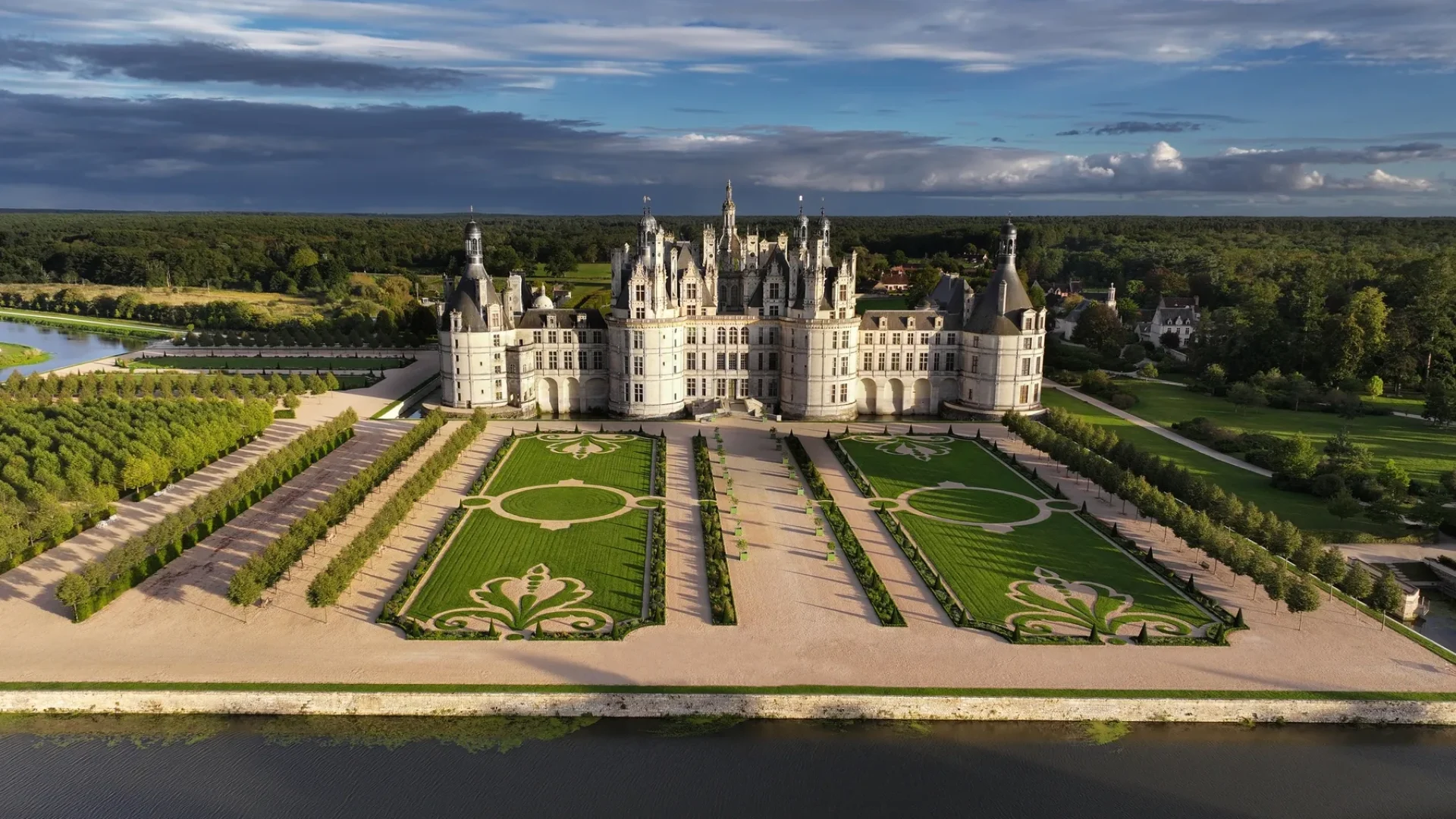
Loire Castles, Loire Valley
🧠 Fact: The Loire Valley has over 300 castles, many dating back to the Renaissance
💡 Tip: Rent a bike to explore multiple châteaux at your own pace
Info - The Loire Valley, often called the "Garden of France," is famed for its fairytale castles, rolling vineyards, and historic towns. Stretching along the Loire River, the region boasts over 300 châteaux, including famous masterpieces like Château de Chambord, Château de Chenonceau, and Château d’Amboise. These Renaissance and medieval marvels offer visitors a glimpse into France’s royal and aristocratic past. The valley’s picturesque landscapes, local wines, and charming villages make it a UNESCO World Heritage Site and a perfect blend of natural beauty, cultural heritage, and timeless elegance.
- 📍 France Various (Amboise, Chambord, etc.)
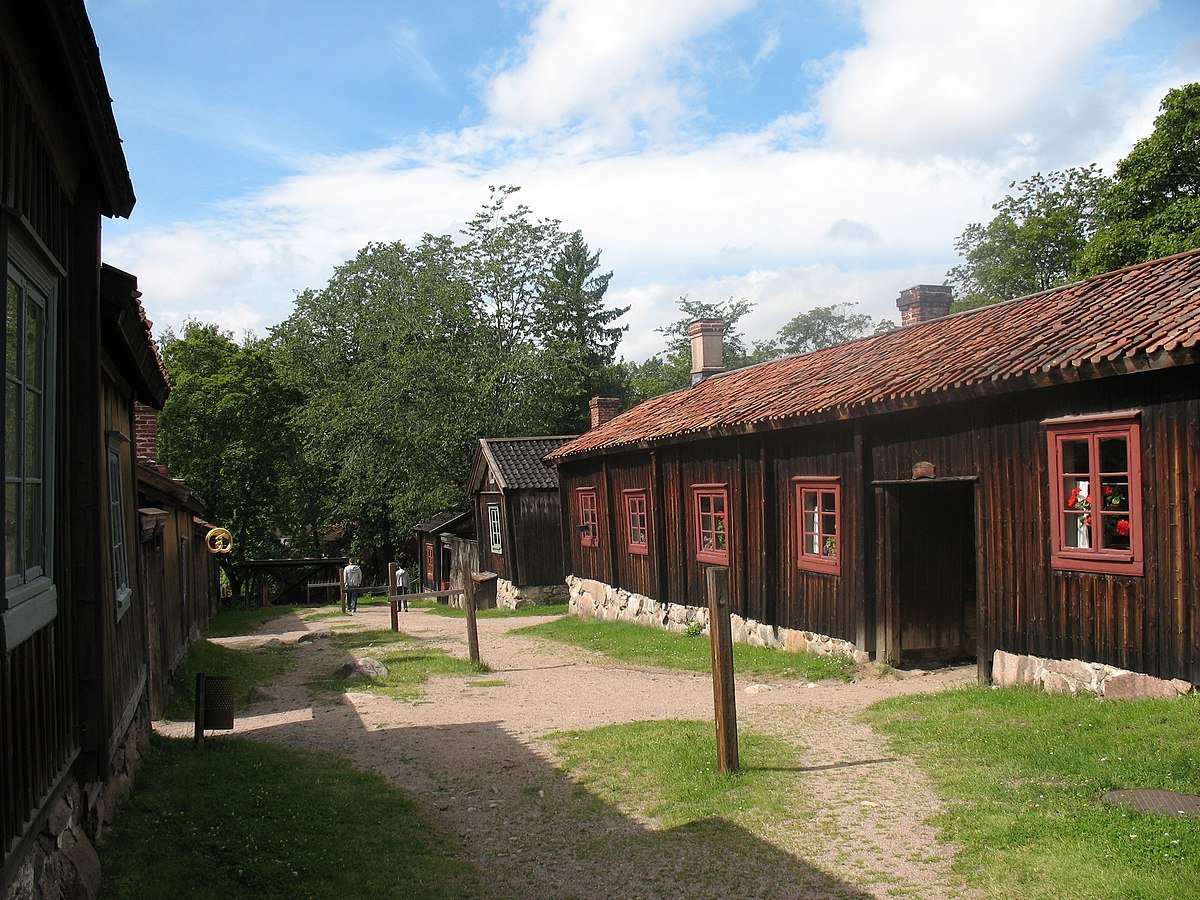
Luostarinmäki Handicrafts Museum
🧠 Fact: Original wooden houses that survived the Great Fire of 1827
💡 Tip: Great place for families—watch artisans at work.
Info - Luostarinmäki Handicrafts Museum is an open-air museum in Turku, preserving the city’s pre-1827 Great Fire wooden houses. It’s the only historic district to survive the devastating blaze. The museum showcases 18th- and 19th-century artisan workshops, homes, and streets, offering a glimpse into Finland’s urban life of the past. Costumed guides demonstrate traditional crafts like shoemaking, printing, and weaving. The picturesque courtyards and cobbled lanes create an immersive, atmospheric experience. Luostarinmäki provides visitors with a charming and authentic look into Turku’s craftsmanship and cultural history.
- 📍 Finland , Turku
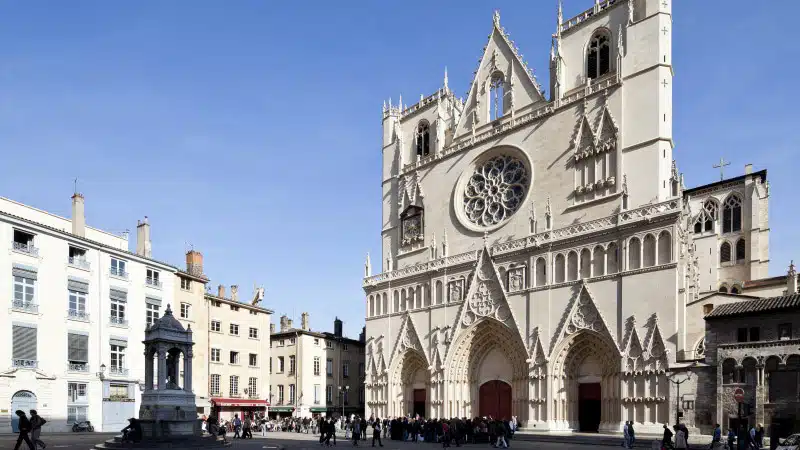
Lyon Cathedral (Cathédrale Saint-Jean-Baptiste)
🧠 Fact: The cathedral features an astronomical clock from the 14th century.
💡 Tip: Visit during the Festival of Lights in December for a magical view.
Info - Lyon Cathedral, officially Cathédrale Saint-Jean-Baptiste, is a stunning Gothic and Romanesque masterpiece in the heart of Lyon’s Old Town. Built between the 12th and 15th centuries, the cathedral is famed for its intricate stained glass, impressive façade, and astronomical clock dating back to the 14th century. The cathedral played a vital role in Lyon’s religious and civic history and remains a key landmark today. Visitors can admire its architectural beauty, tranquil interior, and panoramic views of the city from nearby Fourvière Hill, making it a must-see for history and culture lovers.
- 📍 France , Lyon
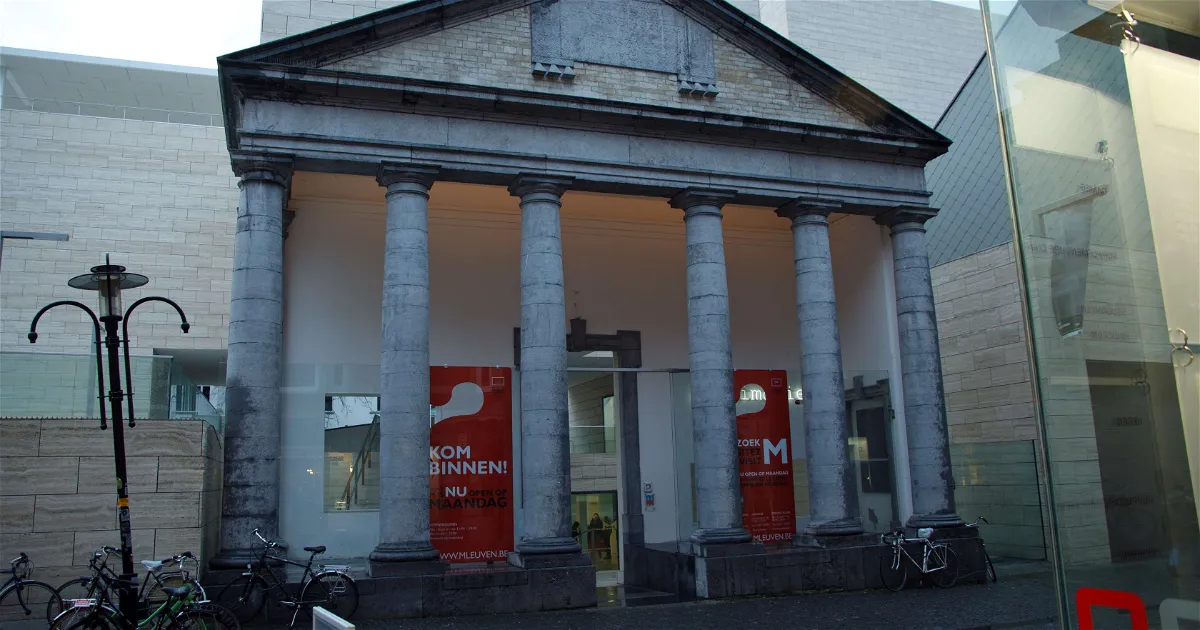
M – Museum Leuven
🧠 Fact: A modern museum showcasing a mix of contemporary and historical art.
💡 Tip: Visit the rooftop terrace for a panoramic view of the city.
Info - A modern art hub, M – Museum Leuven blends contemporary and historical works within its sleek, minimalist architecture. The museum’s dynamic exhibitions cover everything from medieval art to avant-garde installations. Its rooftop terrace also offers lovely views across the city skyline.
- 📍 Belgium , Leuven
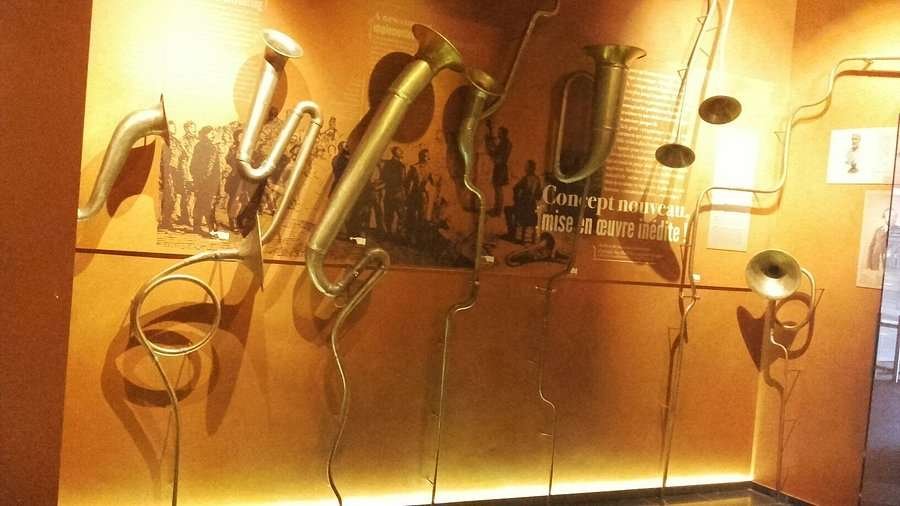
Maison Adolphe Sax
🧠 Fact: The birthplace of Adolphe Sax, inventor of the saxophone, now a museum dedicated to his life and work.
💡 Tip: Look for the saxophone sculptures around the city as part of the Saxophone Route.
Info -Music lovers shouldn’t miss the Maison Adolphe Sax, a small museum celebrating the inventor of the saxophone, born here in 1814. This quirky, free-entry spot showcases saxophones through the ages and tells the story of Adolphe Sax’s life and inventions. It’s an engaging, quick stop right in Dinant’s center, perfect for both music enthusiasts and curious visitors who appreciate niche museums with a local connection.
- 📍 Belgium , Dinant
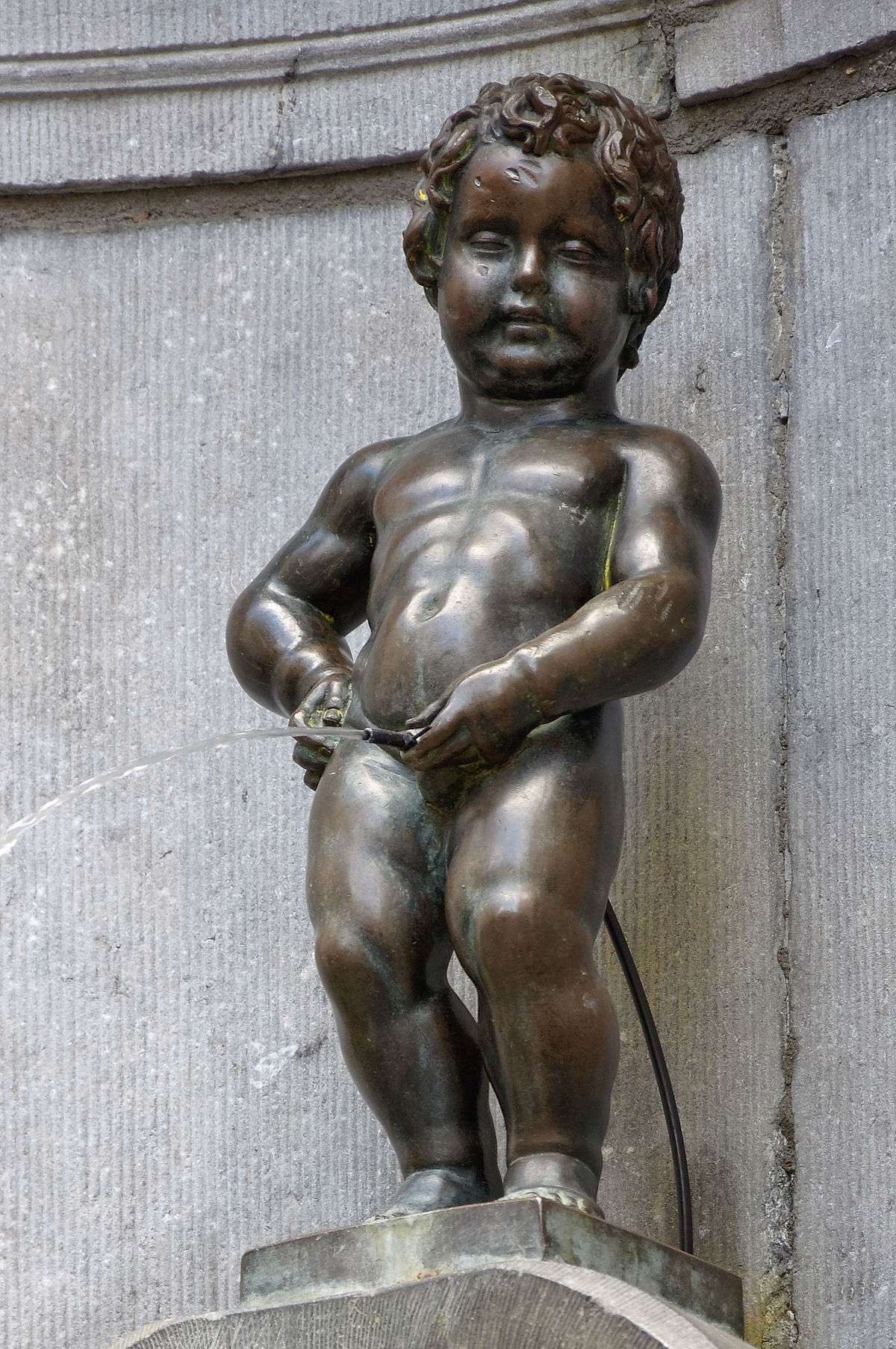
Manneken Pis
🧠 Fact: This tiny peeing boy statue has over 1,000 different costumes.
💡 Tip: Check if it’s dressed up—holidays and events often bring special outfits.
Info - This cheeky bronze statue of a little boy urinating into a fountain has become a beloved symbol of Brussels. Though small in size, Manneken Pis carries a big reputation for humor and local pride. The statue often gets dressed in themed costumes throughout the year, with over 1,000 outfits housed at the nearby City Museum.
- 📍 Belgium , Brussels
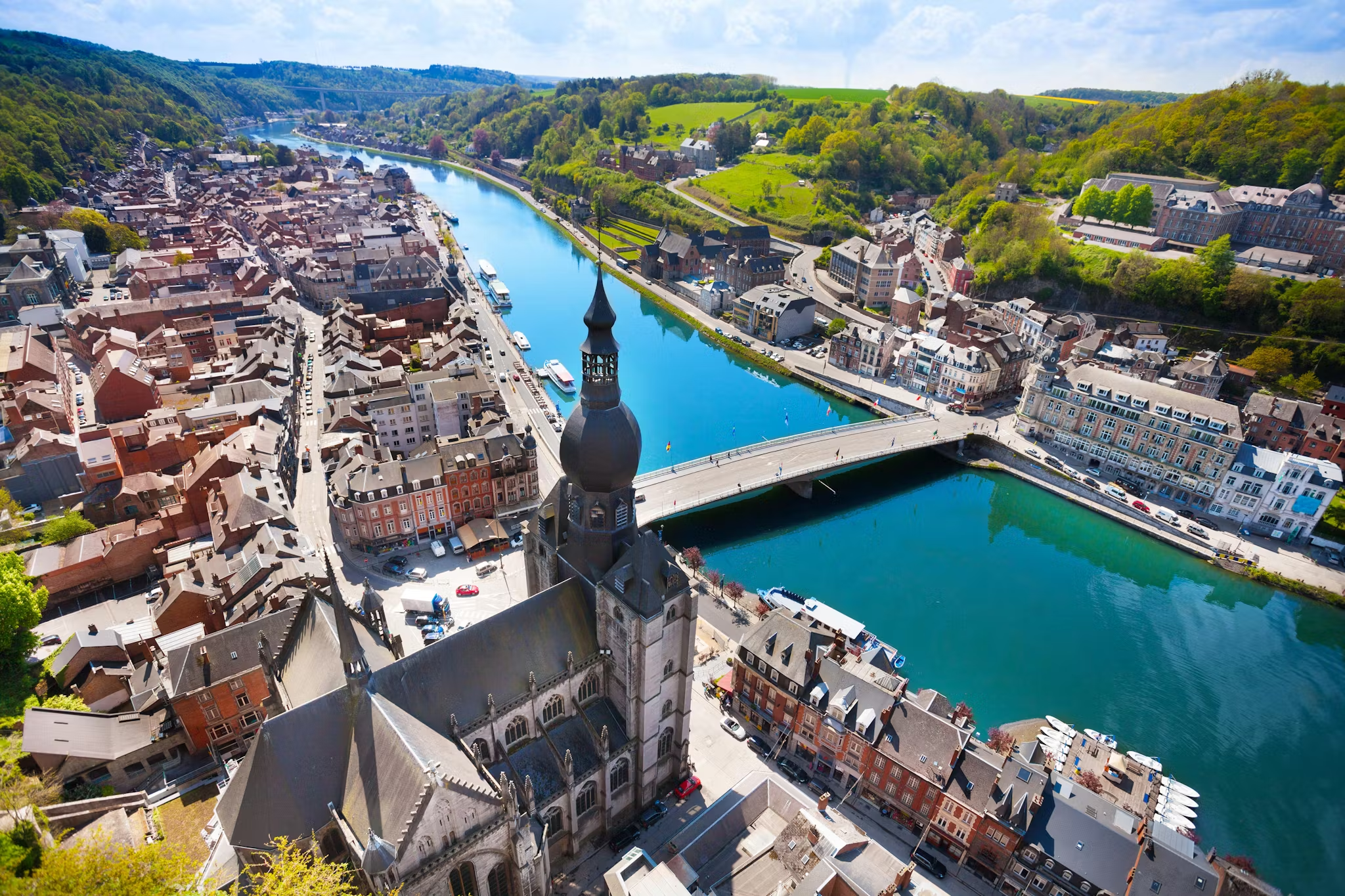
Meuse River Cruise
🧠 Fact: : Boat tours offering scenic views of Dinant and the surrounding cliffs along the Meuse River.
💡 Tip: Opt for a sunset cruise for a romantic experience.
Info - A Meuse River Cruise is one of the best ways to experience Dinant’s stunning scenery. Boats glide past cliffs, castles, and quaint riverside villages, offering a relaxing and scenic perspective of the region. Cruises typically last between 45 minutes to 2 hours, with commentary available to explain the sights. It’s especially beautiful in summer and autumn, perfect for capturing postcard-worthy views of the town and countryside.
- 📍 Belgium , Dinant
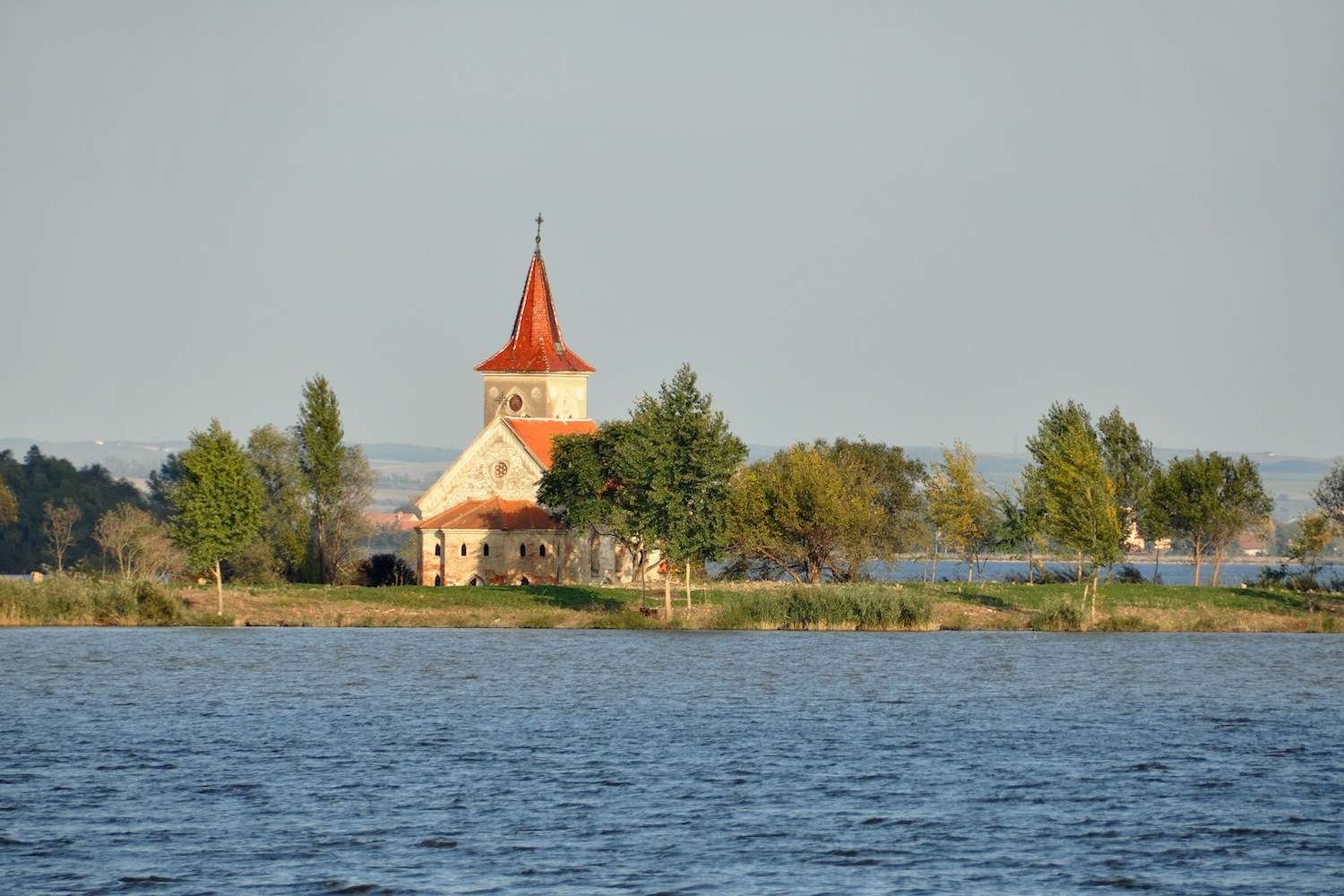
Mikulov & Church of St. Linhart
🧠 Fact: A picturesque town known for its wine culture and historic sites.
💡 Tip: Climb up to the Holy Hill for panoramic views.
Info - Mikulov is a charming South Moravian town known for its vineyards, baroque architecture, and hilltop castle. The town square, framed by pastel facades and lively cafés, leads to the Church of St. Linhart. This 15th-century Gothic church stands quietly at the base of Holy Hill, offering a peaceful retreat and a glimpse into the town’s spiritual heritage. Nearby, the Jewish Quarter and cemetery reflect Mikulov’s rich multicultural past. The surrounding wine country is ideal for cellar tours and scenic cycling. Mikulov’s relaxed vibe, history, and landscape make it a standout destination in Moravia’s wine region.
- 📍 Czech Republic, Mikulov
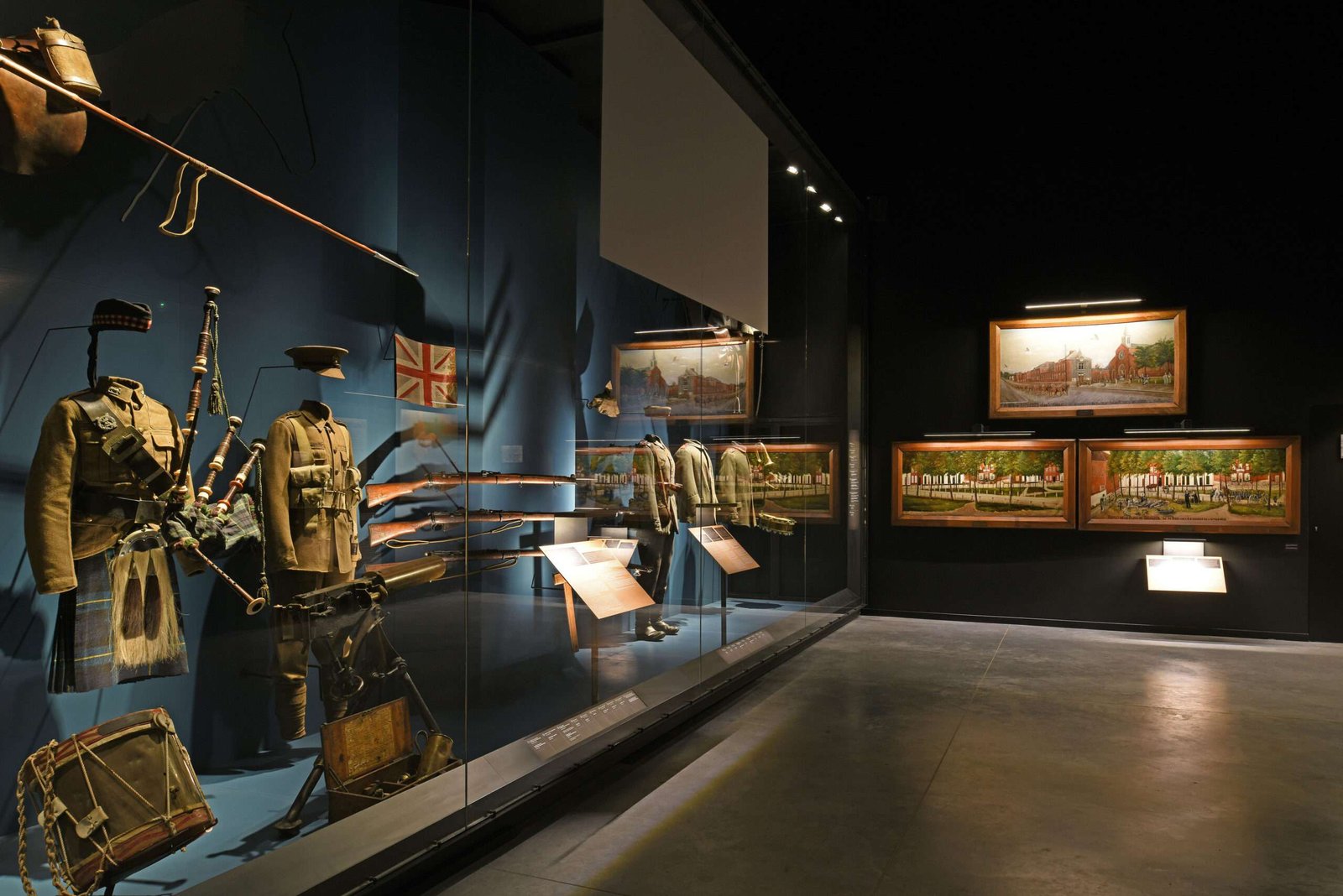
Mons Memorial Museum
🧠 Fact: A museum dedicated to the military history of Mons, focusing on the two World Wars.
💡 Tip: Allocate at least 2 hours to fully explore the exhibits and interactive displays.
Info -The Mons Memorial Museum offers a moving look into the city’s military past, focusing on both World Wars and local conflicts. Through personal stories, artifacts, and immersive displays, it highlights how Mons and its people experienced war. The museum is modern, thoughtful, and emotionally powerful, making it a must-visit for history enthusiasts. Temporary exhibitions and interactive exhibits provide added depth, giving visitors insight into both personal and collective wartime experiences.
- 📍 Belgium , Mons
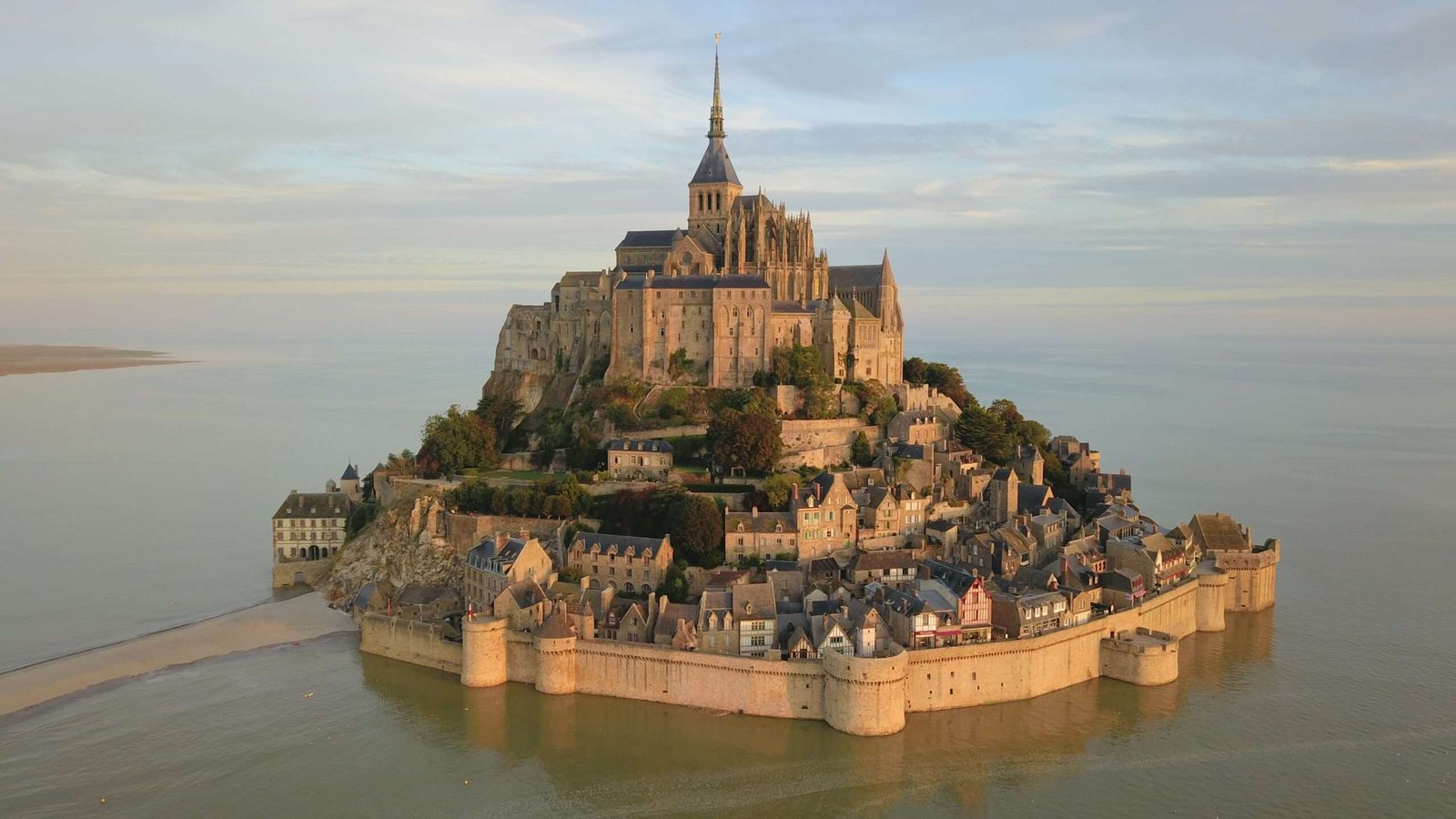
Mont Saint-Michel, Normandy
🧠 Fact: This island commune becomes cut off from mainland France during high tide.
💡 Tip: Wear waterproof shoes if visiting during tide changes.
Info - Mont Saint-Michel is one of France’s most breathtaking landmarks — a medieval abbey perched atop a rocky islet in Normandy. Surrounded by shifting tides and vast coastal flats, this UNESCO World Heritage Site appears to float on water at high tide. Dating back to the 8th century, the abbey’s Gothic spires, ancient ramparts, and cobbled streets evoke centuries of religious and military history. Pilgrims and visitors can explore its historic abbey, quaint village, and stunning bay views. Mont Saint-Michel’s mystical beauty and dramatic setting make it an unforgettable experience.
- 📍 France , Normandy
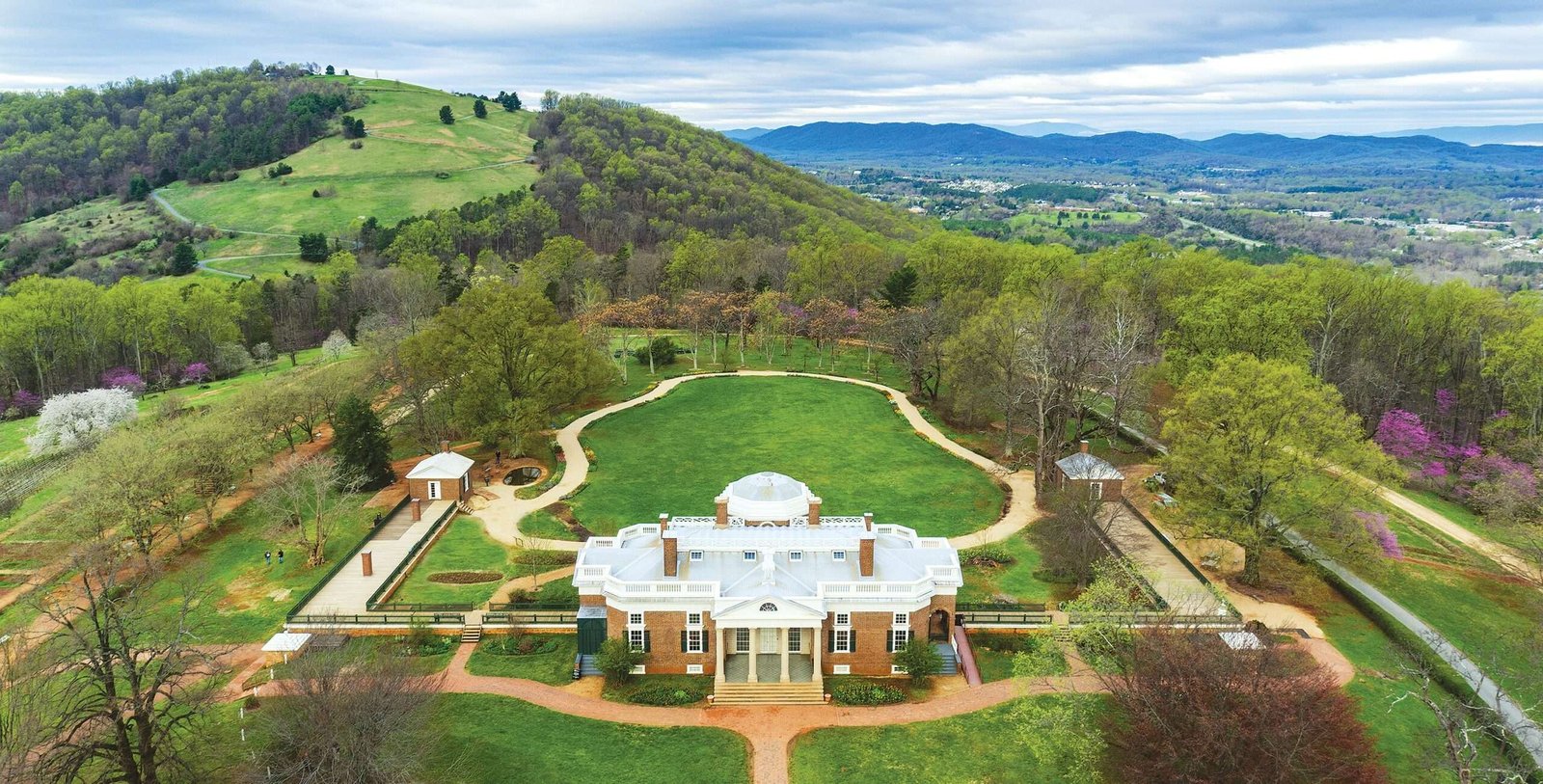
Monticello and Charlottesville
🧠 Fact: Monticello was Thomas Jefferson’s home and is a UNESCO World Heritage Site.
💡 Tip: Book house tour tickets in advance — they often sell out in peak season.
Info: Monticello, located in Charlottesville, Virginia, was the home of Thomas Jefferson, the third U.S. President and author of the Declaration of Independence. A UNESCO World Heritage Site, the estate showcases Jefferson’s architectural brilliance and innovation. Charlottesville, nestled in the foothills of the Blue Ridge Mountains, offers rich history, a vibrant arts scene, and the University of Virginia—also founded by Jefferson. Together, Monticello and Charlottesville provide a unique blend of American history, scenic beauty, and cultural experiences for all visitors.
- 📍 Charlottesville, Virginia USA
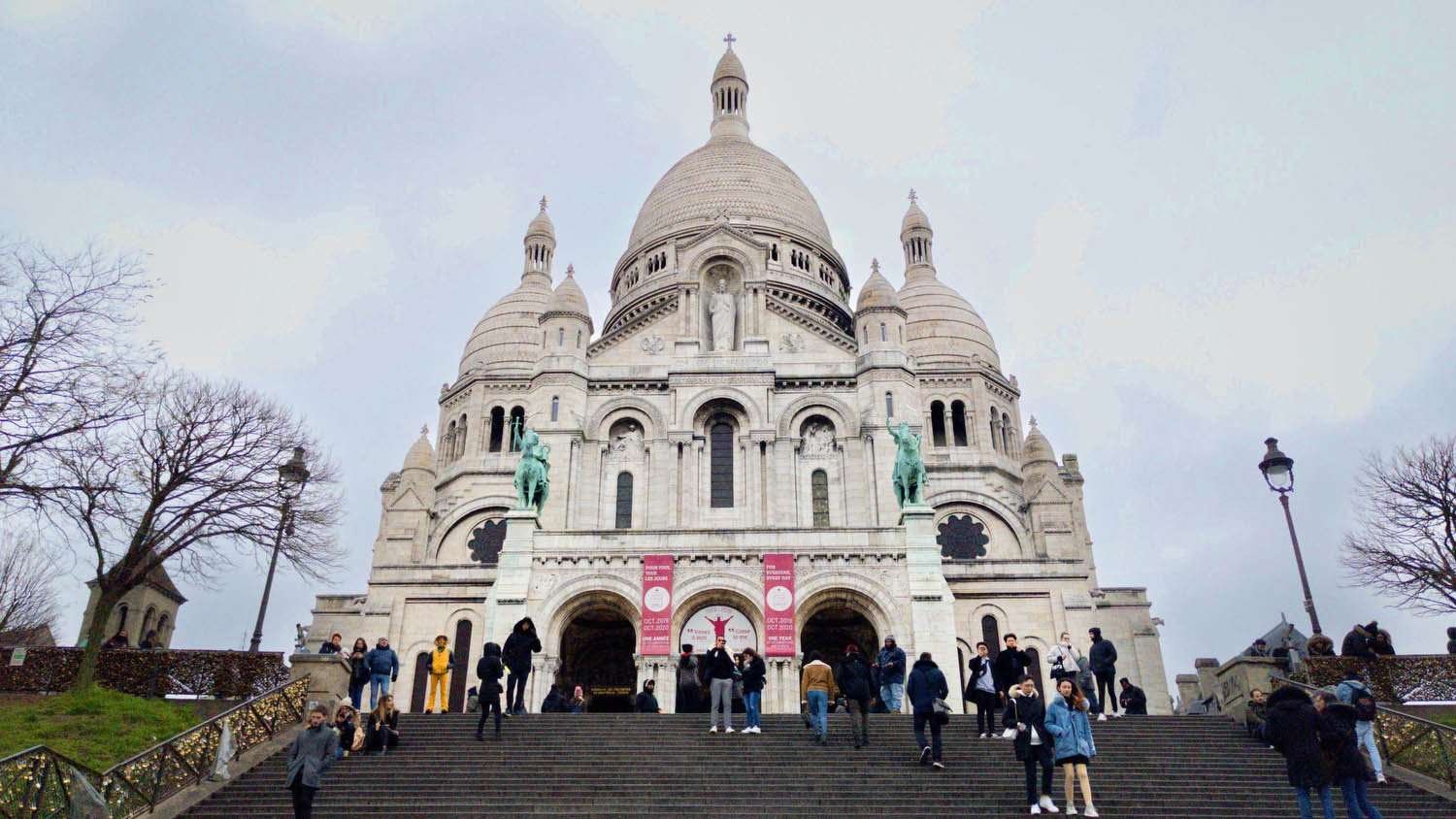
Montmartre & Sacré-Cœur Basilica
🧠 Fact: Bohemian district with cobbled streets and city views.
💡 Tip: Catch sunset on the steps of the basilica.
Info - Montmartre, perched on a hill in northern Paris, is a historic artists’ quarter known for its bohemian spirit, cobbled streets, and sweeping city views. At its summit stands the Sacré-Cœur Basilica, a gleaming white landmark with a Romano-Byzantine design and panoramic terrace overlooking Paris. The area’s artistic legacy includes names like Picasso and Toulouse-Lautrec, and its lively Place du Tertre remains filled with painters and street performers. Montmartre’s timeless charm, eclectic cafés, and cultural heritage make it one of Paris’s most captivating and atmospheric neighborhoods.
- 📍 France , Paris
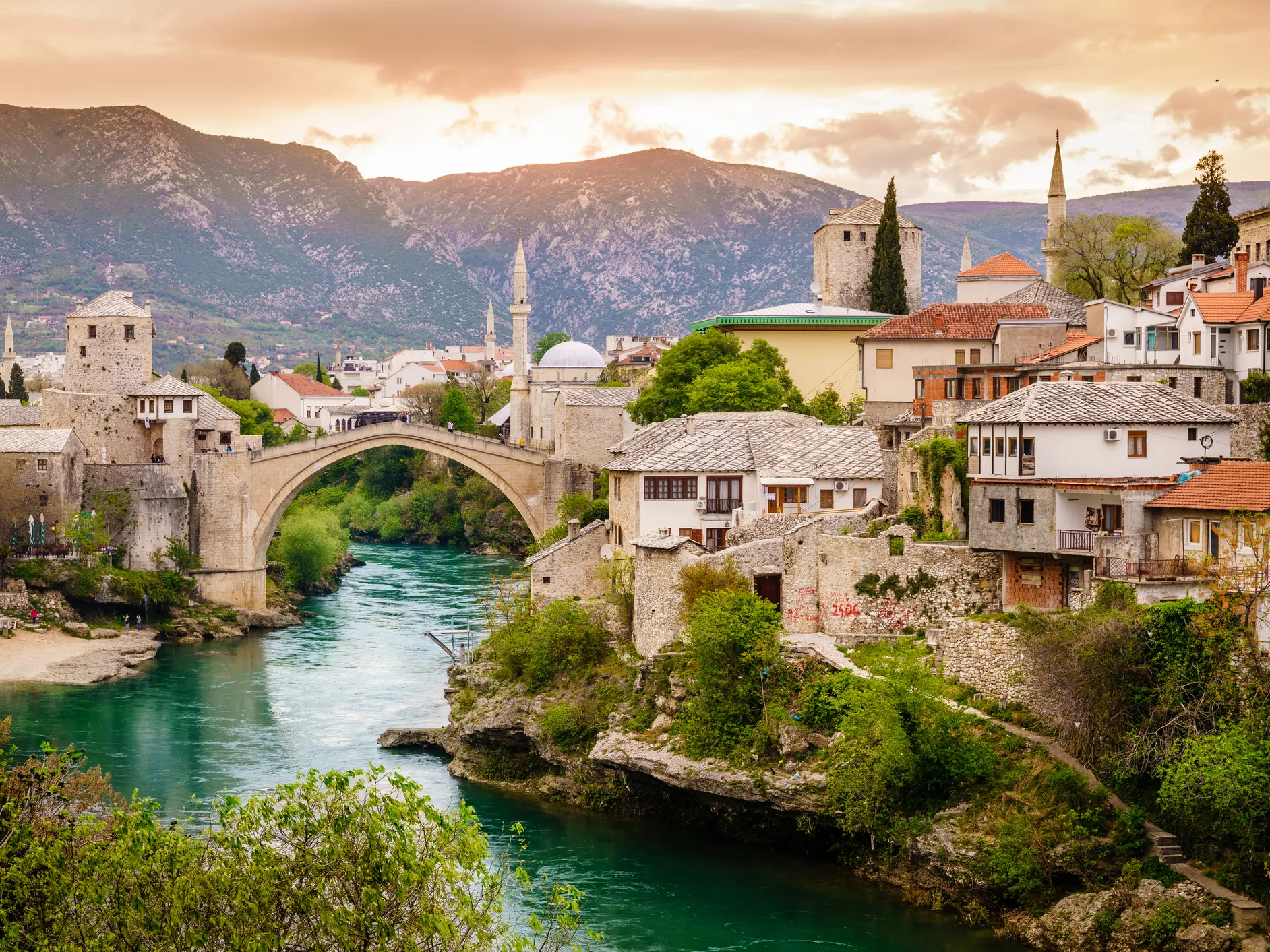
Mostar
🧠 Fact: Iconic for the Stari Most (Old Bridge), a UNESCO World Heritage Site
💡 Tip: Watch (or try!) the traditional bridge diving from 20+ meters up.
Info - Mostar, the cultural heart of Herzegovina, is famed for its UNESCO-listed Stari Most (Old Bridge) — a 16th-century Ottoman masterpiece gracefully arching over the Neretva River. The bridge, destroyed in the 1990s war and later rebuilt, is a symbol of resilience and unity. The old town’s cobbled streets are lined with bazaars, mosques, and Turkish-style houses. Visitors can watch local divers leap from the bridge into the river below — a centuries-old tradition. Beyond its historic charm, Mostar boasts a lively café culture and is a gateway to nearby attractions like Blagaj and Kravica Waterfall.
- 📍 Bosnia and Herzegovina , Mostar

Mozart’s Birthplace
🧠. Fact: : Explore the original home of Wolfgang Amadeus Mozart with lexhibits on his early ife and instruments
💡 Tip: Combine with a visit to his residence nearby for the full Mozart experience.
Info - Music lovers will appreciate Mozart’s Birthplace, located at Getreidegasse No. 9. This modest yellow townhouse where the composer was born in 1756 is now a museum dedicated to his life and work. It houses original instruments, family letters, and portraits, giving visitors a glimpse into the genius’s formative years.
- 📍 Austria, Salzburg
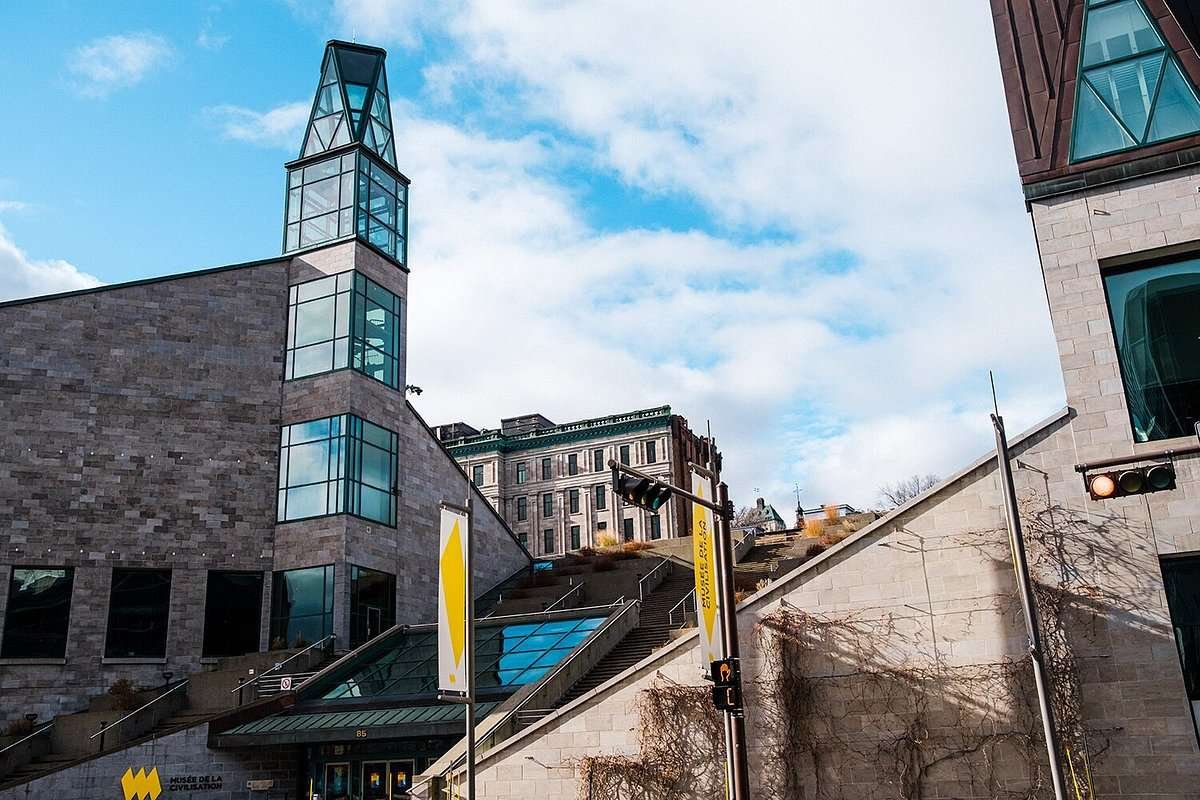
Musée de la civilisation
🧠 Fact: Features rotating exhibits on Indigenous cultures and Québec history.
💡 Tip: Great for families and rainy-day visits.
Info - One of Québec’s top cultural attractions, the Musée de la civilisation offers immersive, thought-provoking exhibitions that explore the human experience. Located in Old Québec near the waterfront, this museum covers everything from Indigenous cultures and Québec’s colonial history to contemporary art and global issues. Its innovative displays and interactive exhibits appeal to all ages, making it ideal for families and curious travelers. Temporary exhibitions ensure there's always something new to discover, while its permanent collections tell the rich and layered story of Québec and the wider world. A must-visit for culture lovers and history buffs alike.
- 📍 Canada , Québec City
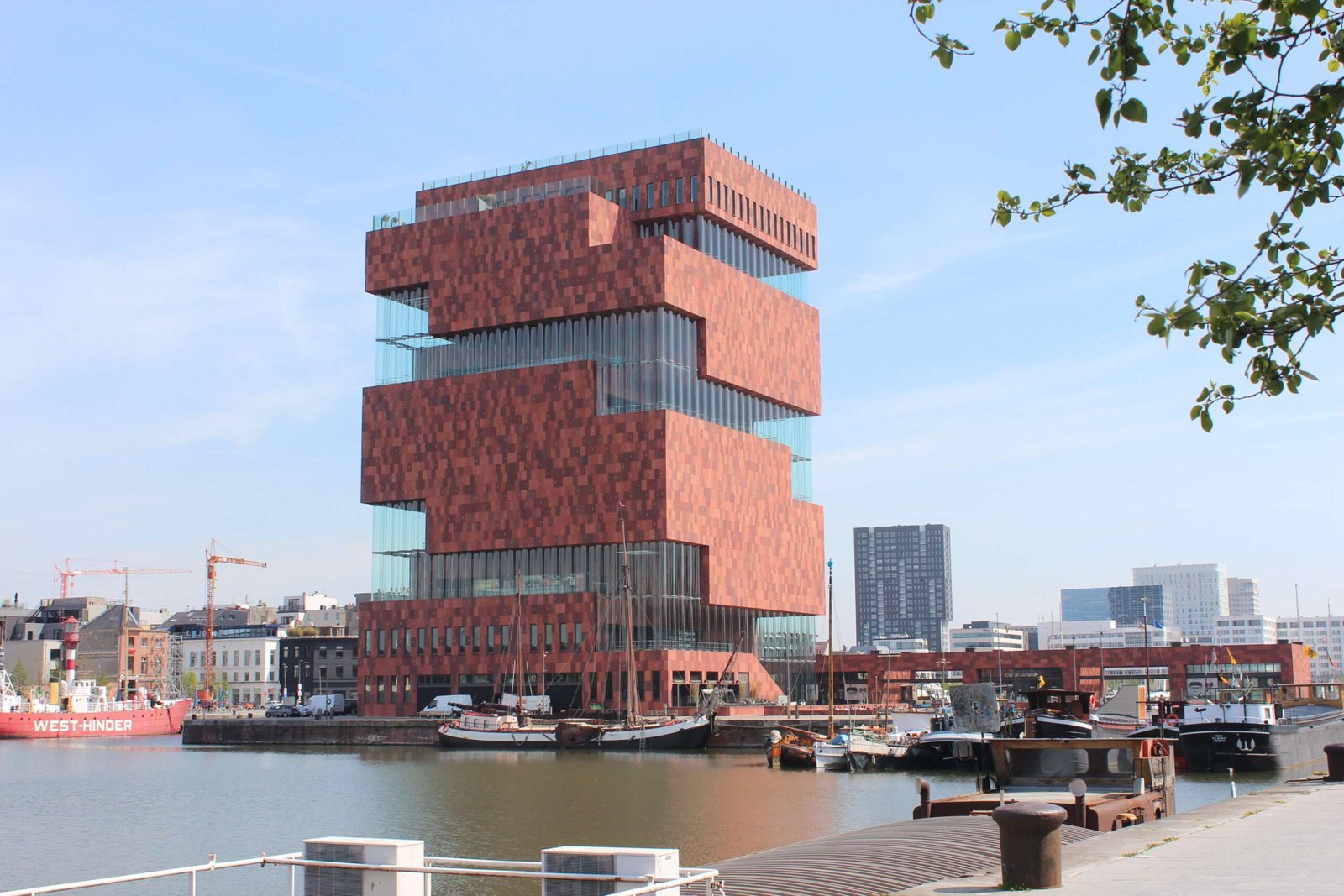
Museum aan de Stroom (MAS)
🧠 Fact: A striking riverside museum with exhibits on Antwerp's international and maritime history.
💡 Tip: Visit the rooftop (free entry) for one of the best panoramic views of the city.
Info - MAS is Antwerp’s iconic riverside museum, celebrating the city’s maritime, cultural, and trade history. Its striking modern architecture, stacked like shipping containers, stands out along the River Scheldt. Inside, exhibits range from world cultures to local folklore, while the rooftop terrace provides 360° panoramic views over Antwerp’s skyline and bustling port.
- 📍 Belgium , Antwerp
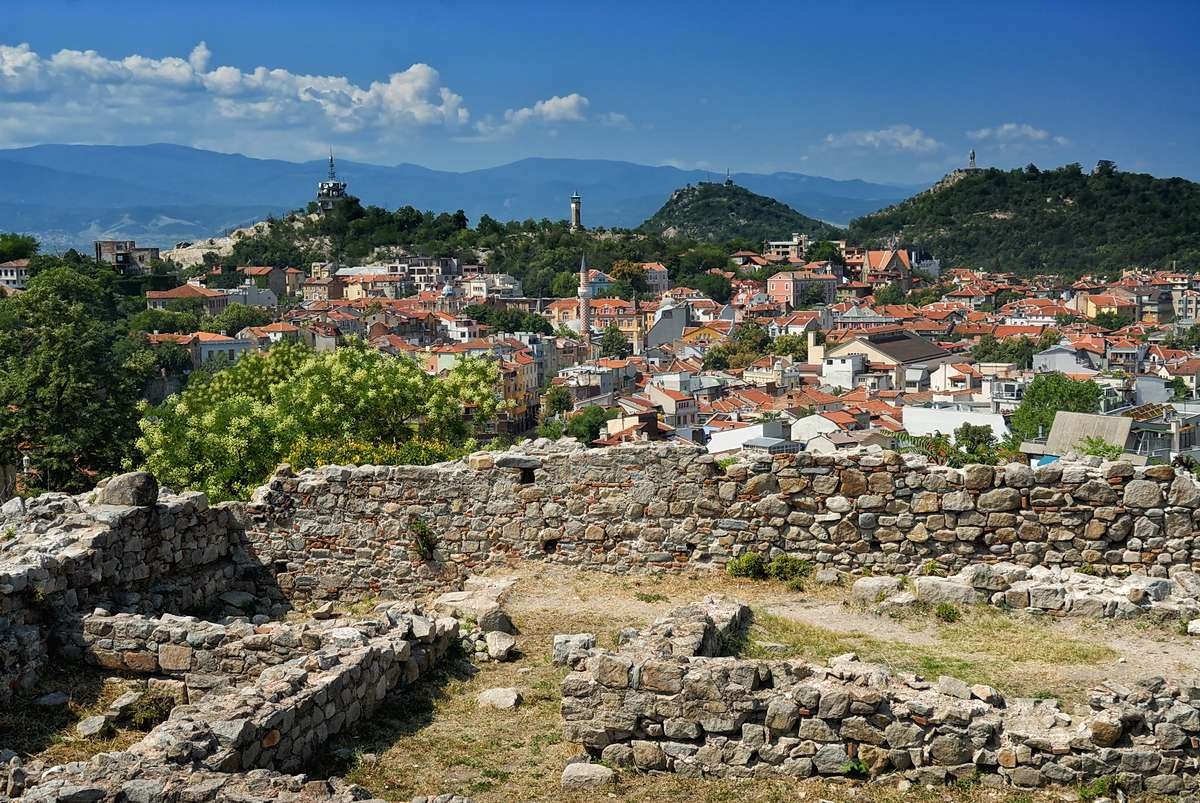
Nebet Tepe Archaeological Site
🧠 Fact: An ancient settlement dating back to 4000 BC with incredible city views.
💡 Tip: Perfect for sunset photography over Plovdiv.
Info - Perched above Plovdiv’s Old Town, Nebet Tepe is one of the city’s oldest settlements, with ruins dating back to Thracian, Roman, and Byzantine times. The site offers crumbling stone walls, ancient foundations, and breathtaking panoramic views of Plovdiv’s rooftops and surrounding hills. Visitors can stroll through remnants of centuries-old towers and fortifications while imagining the strategic battles fought here. It’s a peaceful, open-air site perfect for history buffs and photographers alike. At sunset, locals and travelers gather to watch the city light up below, making it one of Plovdiv’s most atmospheric and historically rich spots.
- 📍 Bulgaria , Plovdiv
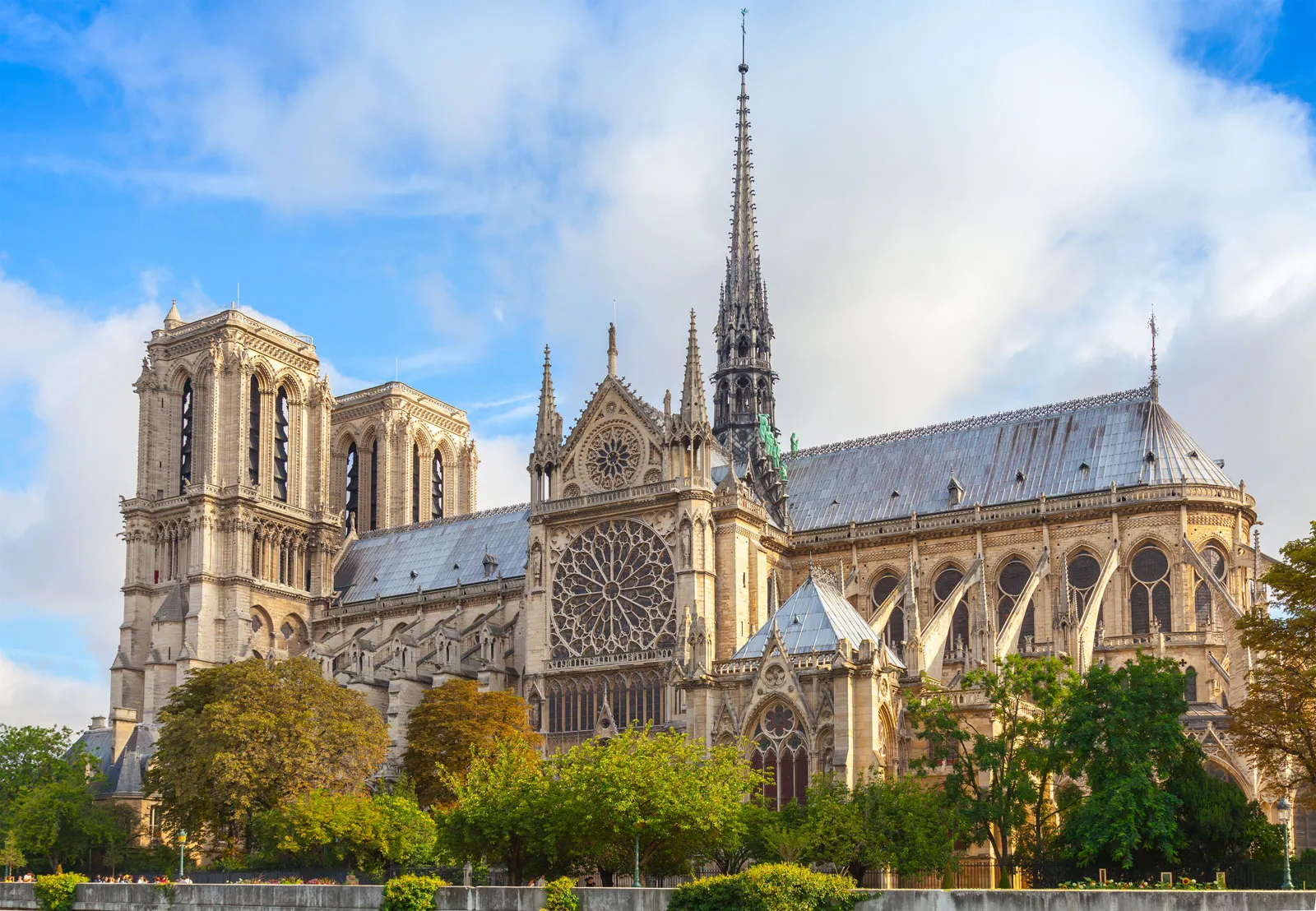
Notre-Dame Cathedral
🧠 Fact: A masterpiece of French Gothic architecture.
💡 Tip: You can still view it from outside and nearby bridges
Info - Notre-Dame Cathedral, an enduring symbol of Paris, is renowned for its Gothic architecture, rose windows, and storied history. Though severely damaged by fire in 2019, the cathedral remains a cultural and spiritual landmark. Currently under restoration, visitors can admire its exterior grandeur, flying buttresses, and the public square that once framed bustling medieval Paris. Nearby, exhibitions and guided tours share Notre-Dame’s history and reconstruction efforts. Once completed, the cathedral will regain its place as a spiritual heart of the city and a masterpiece of medieval artistry.
- 📍 France , Paris
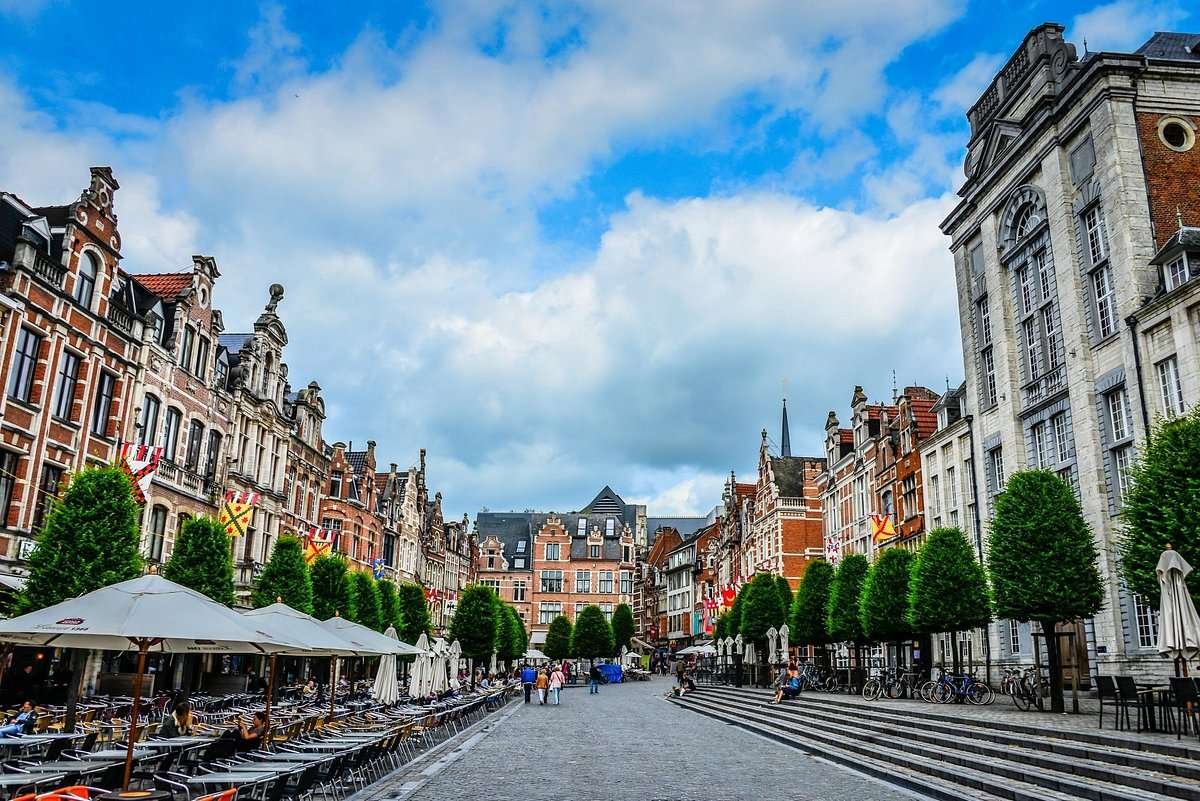
Old Market Square (Oude Markt)
🧠 Fact: Known as "the longest bar in the world" due to its numerous cafés and vibrant nightlife.
💡 Tip: Visit during the evening to experience the lively atmosphere.
Info - Nicknamed “the longest bar in the world,” Leuven’s Old Market Square is lined with dozens of lively cafés and bars. By day, it’s a picturesque square with beautiful guild houses. By night, it transforms into the city’s social hotspot, perfect for a Belgian beer or two with locals.
- 📍 Belgium , Leuven
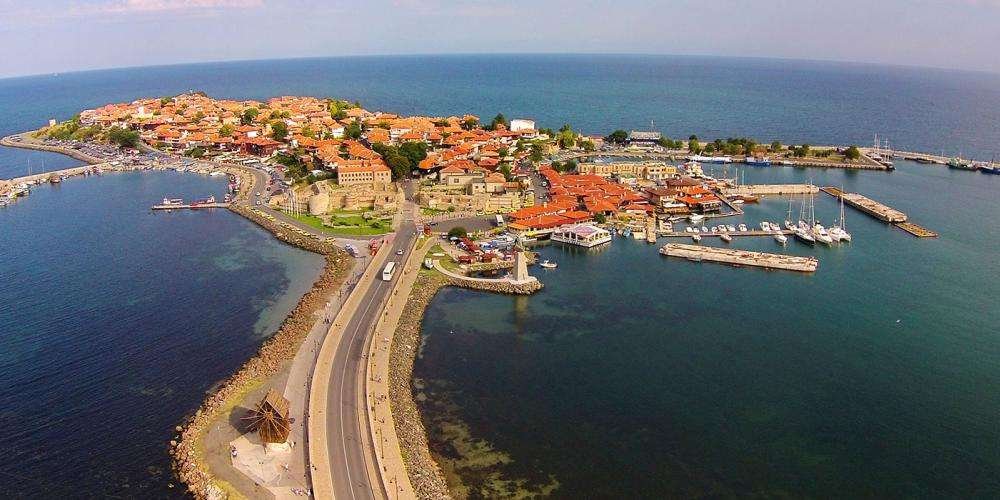
Old Town of Nessebar (UNESCO Site)
🧠 Fact: : A 3,000-year-old town with Roman, Byzantine, and Ottoman influences.
💡 Tip: Get lost in its cobbled streets, best explored on foot.
Info - Jutting out into the Black Sea, Nessebar’s Old Town is a cultural treasure trove recognized as a UNESCO World Heritage Site. With a history spanning over 3,000 years, the town showcases layers of Thracian, Greek, Roman, and Byzantine heritage. Visitors wander cobblestone streets lined with medieval churches, traditional wooden houses, and ancient ruins. Highlights include the Church of Christ Pantocrator and remnants of Roman fortifications. Its seaside charm, coupled with lively cafes and artisan shops, makes Nessebar a must-see for history enthusiasts and romantic travelers alike. Sunset views from the old town walls are especially unforgettable.
- 📍 Bulgaria , Nessebar
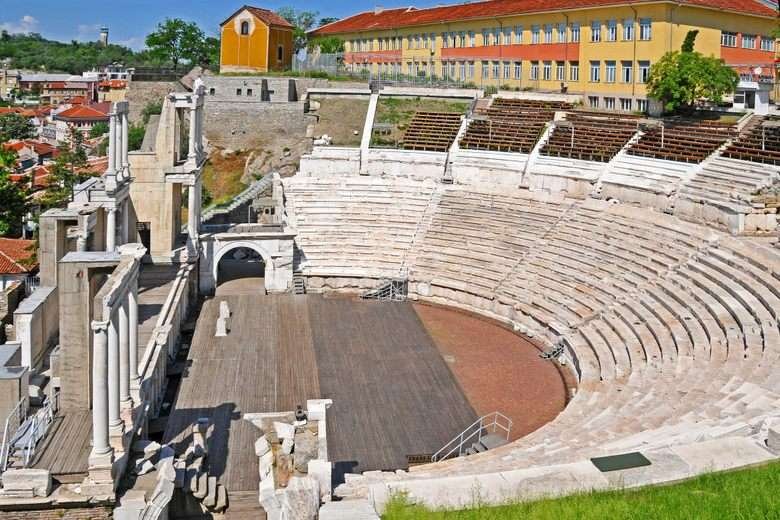
Old Town Plovdiv (Ancient Theatre)
🧠 Fact: The ancient Roman theatre is still used for concerts and performances today.
💡 Tip: Visit during sunset for great photos of the city skyline.
Info - Plovdiv’s Old Town is a beautifully preserved historic quarter, where cobbled streets wind past colorful 19th-century mansions, art galleries, and Roman ruins. At its heart lies the Ancient Theatre of Philippopolis, one of the best-preserved Roman theaters in the world. Built in the 1st century AD, it once seated over 6,000 spectators for gladiator games and performances. Today, it still hosts concerts, plays, and festivals against a backdrop of sweeping views over the city. Exploring the surrounding Old Town feels like stepping back in time, with its mix of medieval walls, Revival-era architecture, and charming cafés tucked into centuries-old houses.
- 📍 Bulgaria , Plovdiv
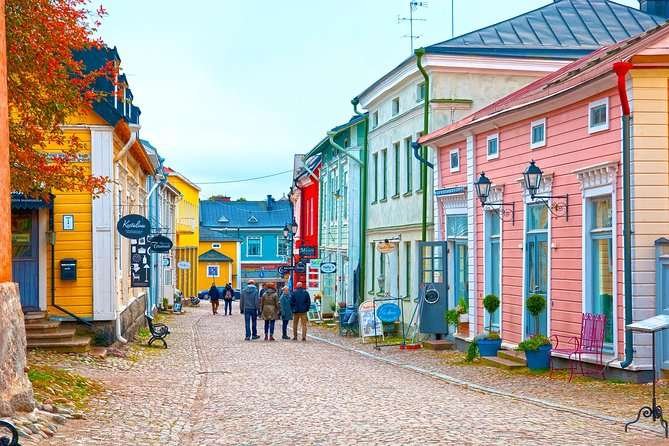
Old Town Porvoo
🧠 Fact: The well-preserved wooden houses date back to the 18th century.
💡 Tip: Walk the cobblestone streets and visit small boutiques and artisan cafes
Info - Old Town Porvoo is one of Finland’s most charming and well-preserved medieval quarters. Its cobblestone streets, colorful wooden houses, and riverside red shorehouses create a postcard-perfect atmosphere. Dating back to the 14th century, the area is filled with boutique shops, cozy cafés, and art galleries. Visitors can wander narrow alleys, explore historic homes, and enjoy the timeless ambiance. Old Town Porvoo beautifully reflects Finnish small-town life, offering a peaceful escape filled with history, charm, and picturesque river views just an hour from Helsinki.
- 📍 Finland , Porvoo
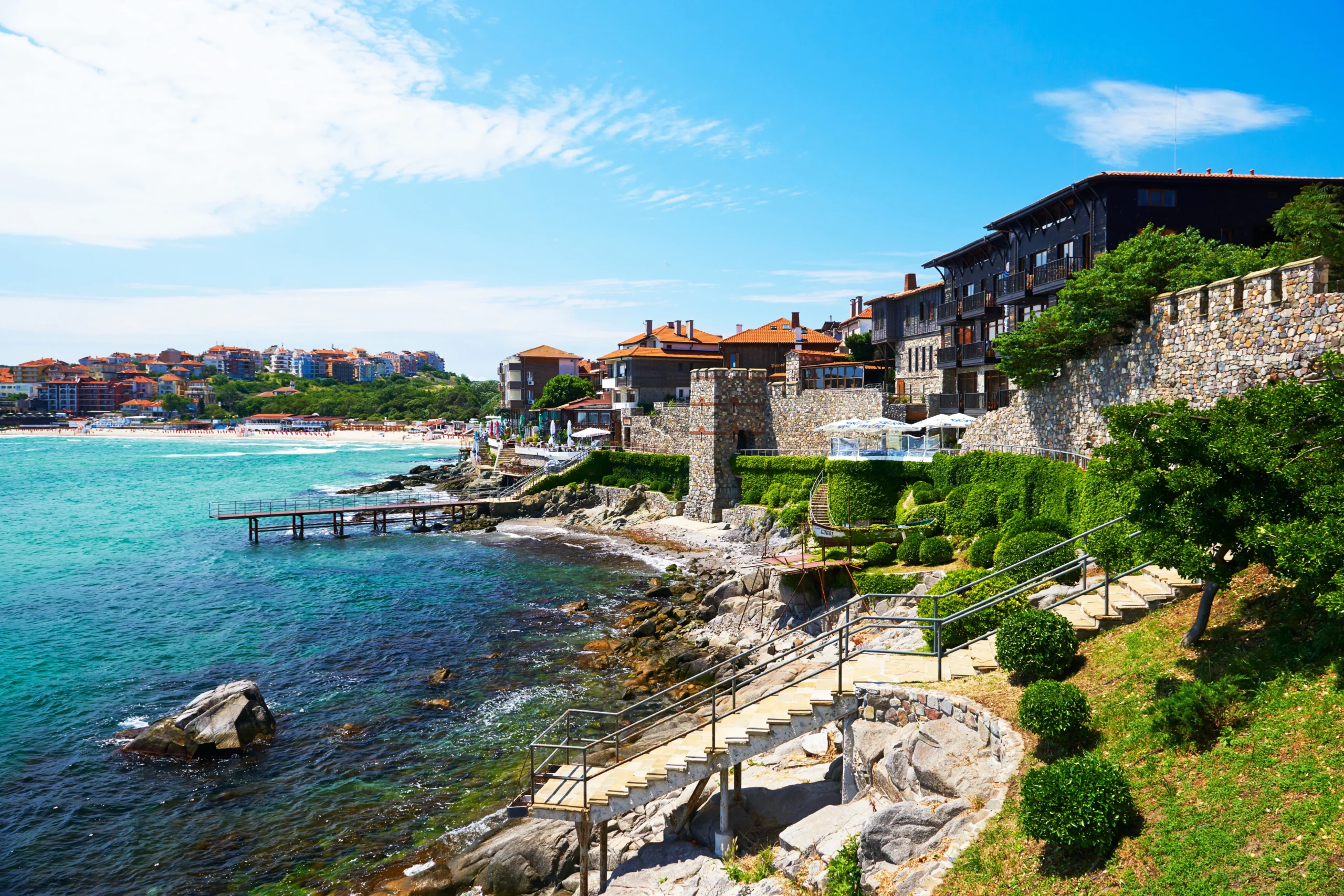
Old Town Sozopol
🧠 Fact: One of Bulgaria’s oldest towns, filled with wooden 19th-century homes
💡 Tip: Visit in September during the Apollonia Arts Festival.
Info -South of Burgas, Sozopol is one of Bulgaria’s oldest towns, founded in the 7th century BC. Its atmospheric Old Town is a maze of narrow cobbled streets, traditional wooden houses, and seaside promenades. Ancient fortifications and archaeological finds tell stories of Thracian and Greek settlers, while charming churches like Saint Zosim Church add spiritual heritage. The town’s small museums showcase treasures from its long history. Seaside restaurants and artisan stalls line the waterfront, perfect for leisurely evenings. Sozopol also hosts an annual Apollonia Arts Festival, drawing performers and artists, making it both a cultural and coastal retreat.
- 📍 Bulgaria , Sozopol
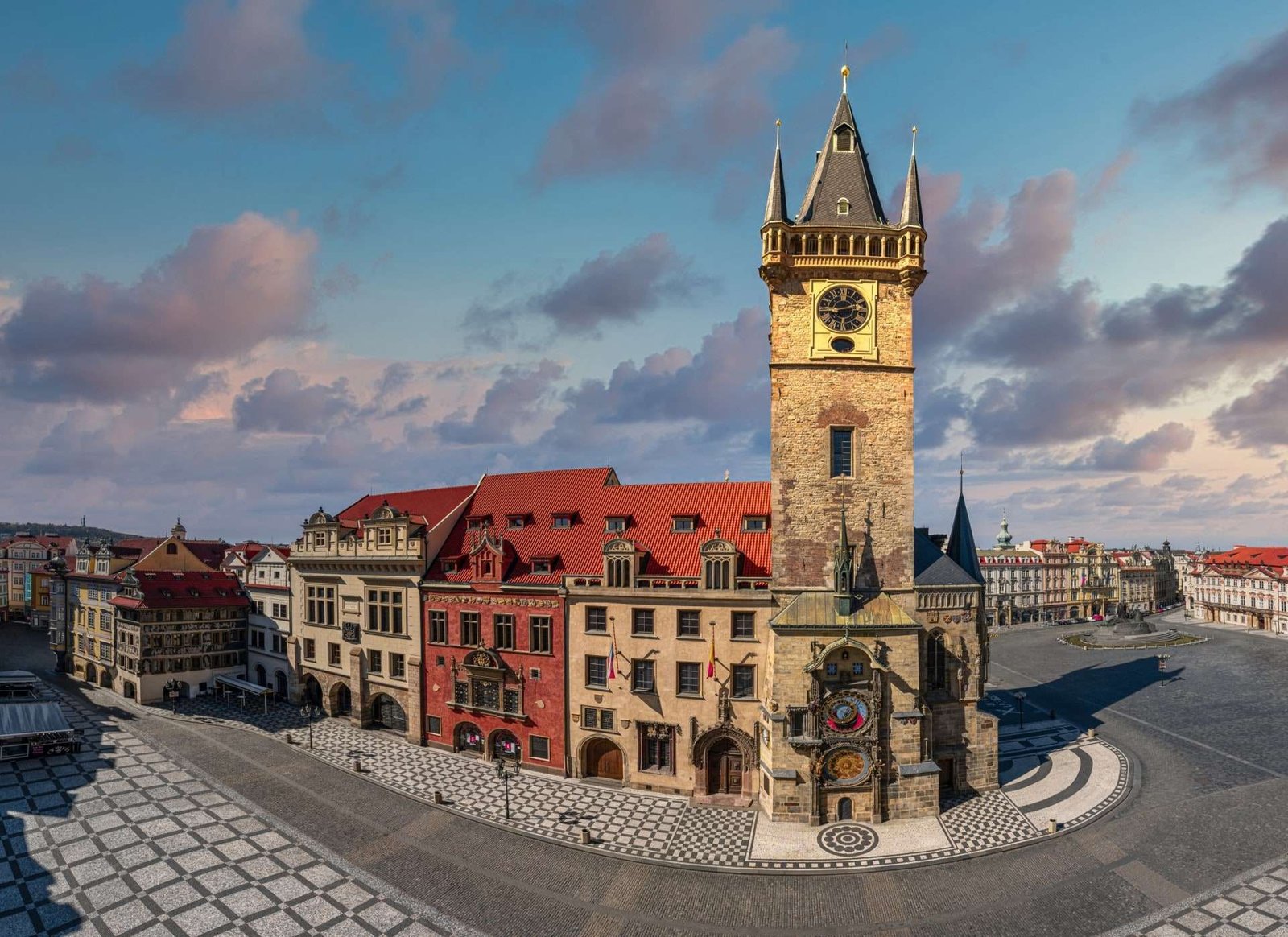
Old Town Square & Astronomical Clock
🧠 Fact: Home to one of the oldest astronomical clocks in the world.
💡 Tip: Arrive early to get a good spot for the hourly show.
Info - The heart of Prague’s historic center, Old Town Square dazzles with Gothic, Renaissance, and baroque architecture. Highlights include the twin spires of Týn Church, pastel-hued facades, and the Old Town Hall Tower, home to the world-famous Astronomical Clock. Installed in 1410, it’s the third-oldest clock of its kind and still operates today. Every hour, crowds gather to watch the procession of the 12 Apostles and symbolic figures strike the time. The square buzzes year-round with markets, festivals, and café terraces, making it one of Europe’s most atmospheric urban spaces.
- 📍 Czech Republic, Prague
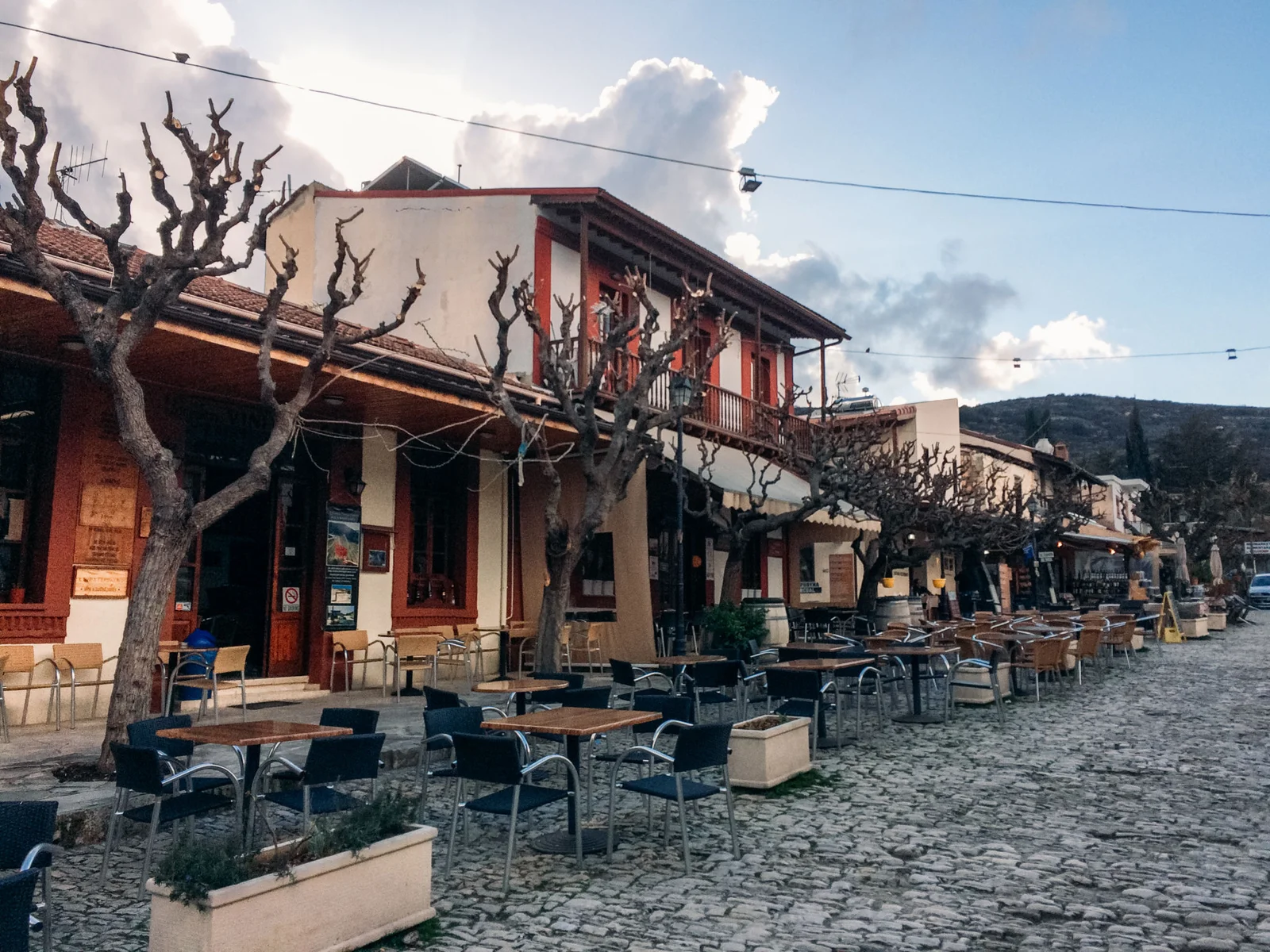
Omodos and Wine Region
🧠 Fact: Omodos is a historic wine village at the heart of Cyprus’s wine country.
💡 Tip: Join a local wine tasting tour for an authentic vineyard experience.
Info - Omodos is one of Cyprus’s most picturesque mountain villages, nestled among vineyards in the Troodos foothills. Famous for its narrow stone streets, rustic charm, and 17th-century Monastery of the Holy Cross, Omodos is a hub of Cypriot wine culture. The surrounding region produces some of the island’s best wines, including the famed Commandaria, one of the world’s oldest named wines. Visitors can tour local wineries, sample indigenous varietals like Xynisteri and Maratheftiko, and savor traditional meze in cozy tavernas. With its scenic setting and deep-rooted winemaking heritage, Omodos is a must-visit for culture and wine lovers alike
- 📍 Cyprus, Omodos
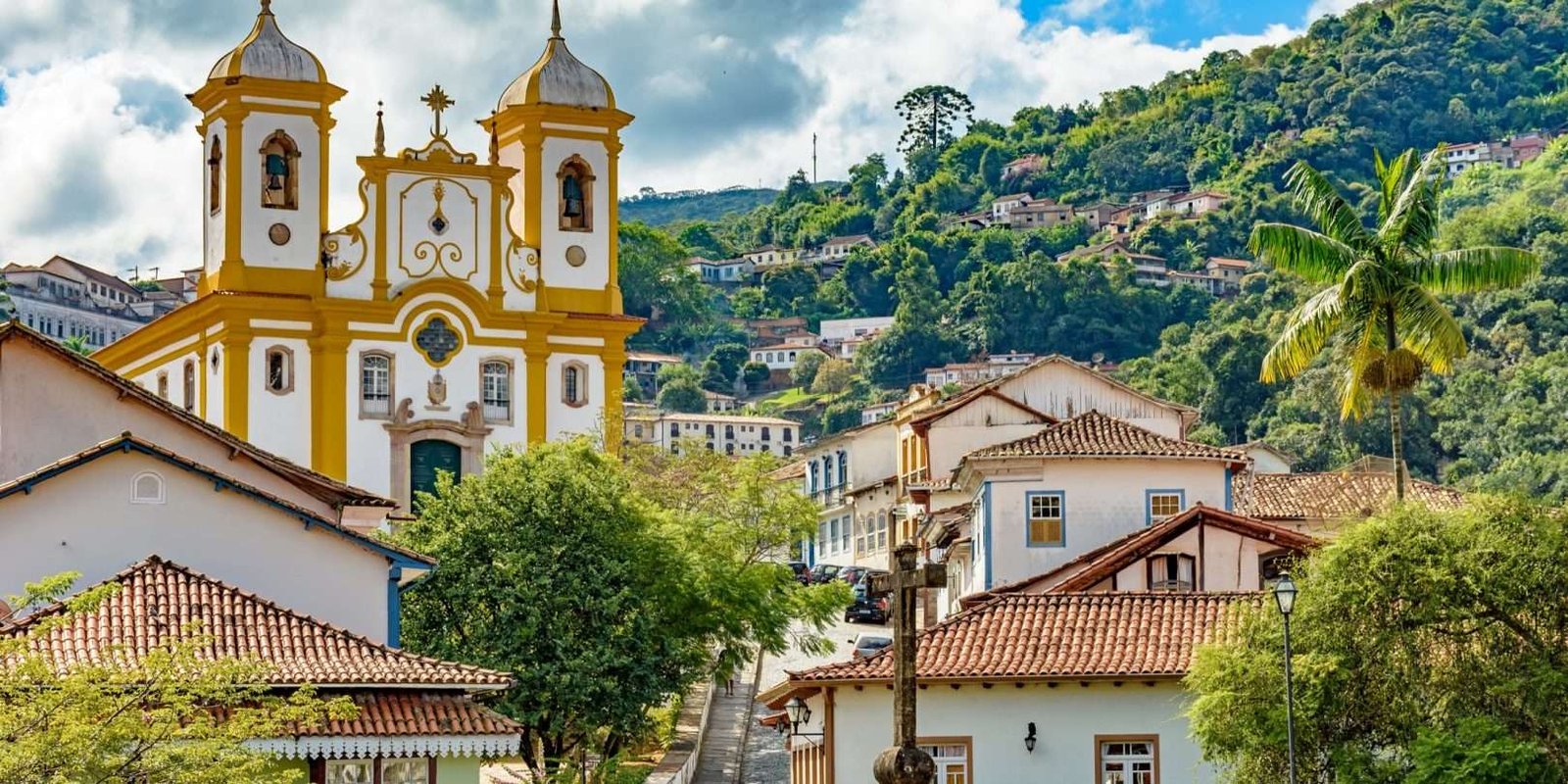
Ouro Preto (Minas Gerais)
🧠 Fact: A UNESCO World Heritage site, famous for its preserved colonial architecture and gold mining history.
💡 Tip: Take a walking tour to discover the town’s rich history and hidden gems.
Info - Ouro Preto is a historic treasure tucked into the hills of Minas Gerais. This colonial-era town is famous for its cobbled streets, Baroque churches, and gold rush history. Highlights include the lavishly decorated Church of São Francisco de Assis and the fascinating Museum of the Inconfidência. Ouro Preto's rich cultural heritage is complemented by its charming squares, artisan markets, and panoramic hillside views. It’s also a hub for regional cuisine and traditional festivals. The town’s preserved 18th-century architecture makes it feel like a living museum and a must-visit for history lovers exploring Brazil’s colonial past.
- 📍 Brazil , Ouro Preto
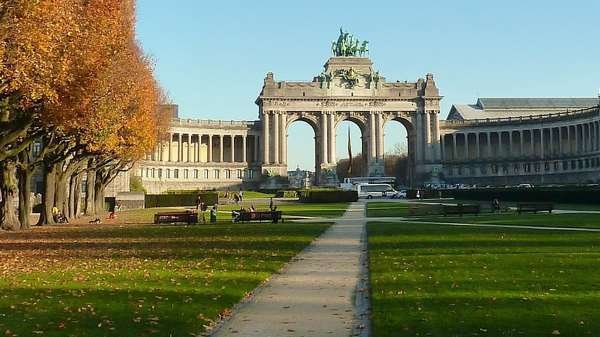
Parc du Cinquantenaire
🧠 Fact: Built to celebrate 50 years of Belgian independence, the park includes museums and an iconic triumphal arch
💡 Tip: Climb the arch for sweeping views of the city skyline
Info - Parc du Cinquantenaire is a vast green space built to commemorate Belgium’s 50th independence anniversary. With its grand triumphal arch, wide lawns, museums, and leafy pathways, it’s a popular spot for picnics, jogs, and cultural outings.
- 📍 Belgium , Brussels
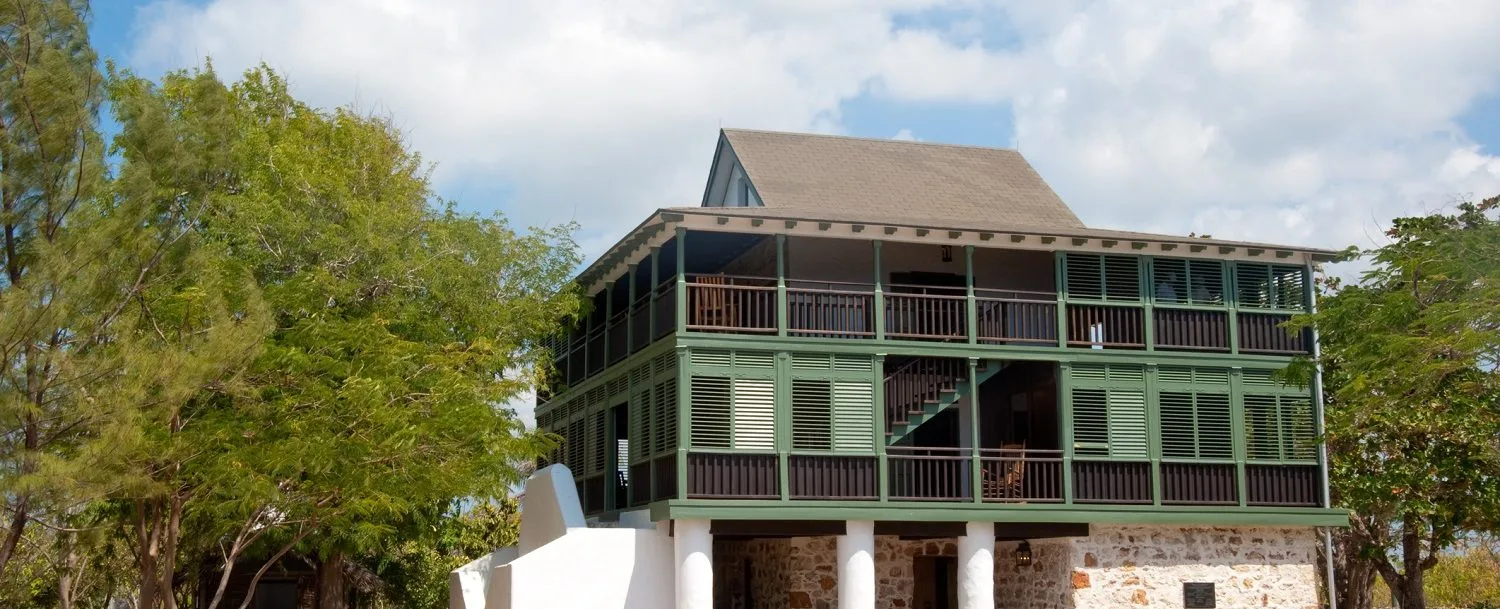
Pedro St. James Castle
🧠 Fact: A restored 18th-century house known as the “Birthplace of Democracy” in Cayman.
💡 Tip: Stay for the multimedia show that brings history to life.
Info - Pedro St. James Castle, often called the “Birthplace of Democracy” in the Cayman Islands, is the oldest stone structure on Grand Cayman. Built in 1780, this historic plantation home has been meticulously restored and transformed into a cultural landmark. Visitors can explore its period-furnished rooms, climb to panoramic ocean views, and experience immersive multimedia presentations about Caymanian history. The site also includes lush grounds, a visitor center, and a restaurant. It’s a must-visit for history buffs and travelers interested in the island’s colonial past, offering a glimpse into 18th-century life in the Caribbean.
- 📍 Cayman Islands , Savannah
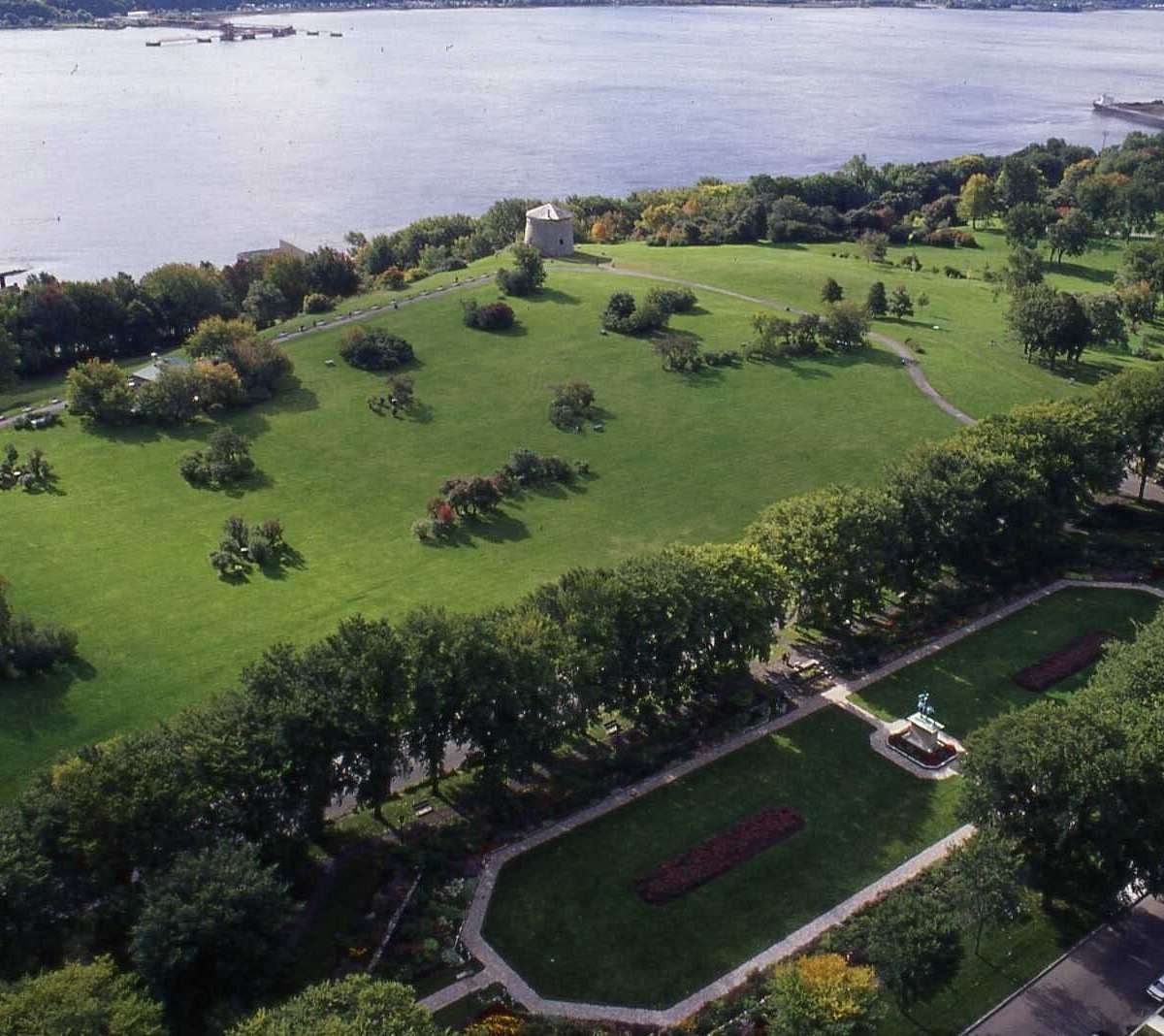
Plains of Abraham
🧠 Fact: Historic battlefield turned into a major city park.
💡 Tip: Ideal for picnics and cycling in summer.
Info - Once a battlefield and now a vast urban park, the Plains of Abraham is where French and British forces clashed in 1759. Today, it's a green oasis in the heart of Québec City, ideal for walking, cycling, picnicking, and even cross-country skiing in winter. The park hosts concerts, festivals, and historical reenactments, blending culture, recreation, and heritage. With sweeping lawns and panoramic river views, it’s both a peaceful retreat and a living piece of Canadian history.
- 📍 Canada , Québec City

Planckendael Zoo
🧠 Fact: : A spacious zoo featuring animals from all continents, with immersive habitats and conservation programs
💡 Tip: Check the feeding times schedule to plan your visit around animal feedings.
Info - A family-friendly animal park on the outskirts of Mechelen, Planckendael Zoo houses species from every continent in beautifully themed zones. From playful elephants and exotic birds to lush walk-through enclosures, it’s designed for immersive experiences. Its spacious habitats and conservation efforts make it one of Belgium’s most respected zoological parks.
- 📍 Belgium , Mechelen
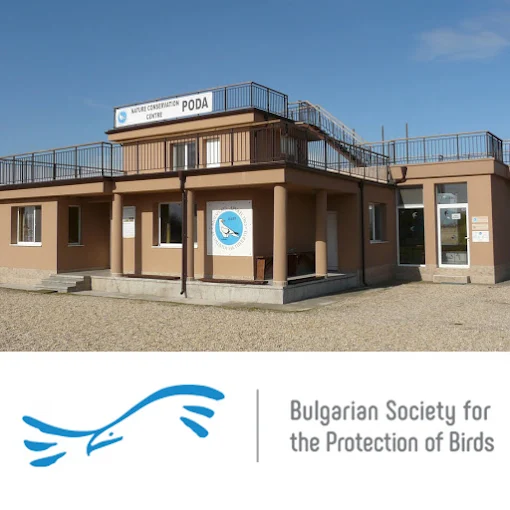
Poda Nature Conservation Center
🧠 Fact: A top bird-watching site with over 260 bird species recorded
💡 Tip: Bring binoculars and a camera for wildlife spotting.
Info - Located on the southern outskirts of Burgas, Poda Nature Conservation Center is a serene wetland haven for birdwatchers and nature lovers. Managed by the Bulgarian Society for the Protection of Birds, this protected area is home to over 270 bird species throughout the year, including herons, pelicans, and rare pygmy cormorants. Elevated wooden paths and observation platforms make it easy for visitors to explore without disturbing the habitat. The on-site center offers binocular rentals and informative exhibits about local ecosystems. Ideal for quiet walks and bird photography, Poda is a peaceful escape into Bulgaria’s rich natural diversity, especially during migratory seasons.
- 📍 Bulgaria , Burgas
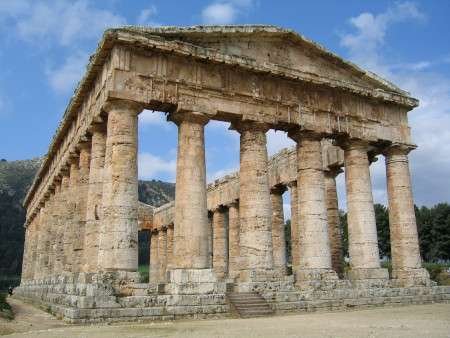
Polis
🧠 Fact: : Known for its peaceful beaches and proximity to nature trails.
💡 Tip: : Try local tavernas for authentic meze by the sea
Info - Polis is a tranquil coastal town in northwest Cyprus, known for its laid-back charm, traditional tavernas, and proximity to natural attractions. Surrounded by citrus orchards and olive groves, it offers a peaceful retreat from the busier resorts. The town’s shaded square is perfect for people-watching over local meze, while the nearby Akamas Peninsula provides hiking trails, deserted beaches, and the famed Baths of Aphrodite. Polis is also a gateway to Latchi, a small harbor village famous for fresh seafood and boat trips to the Blue Lagoon. It’s an ideal base for nature lovers and those seeking authentic Cypriot culture.
- 📍 Cyprus, Polis

Port Arthur Historic Site
🧠 Fact: One of Australia’s most important and haunting convict-era sites.
💡 Tip: The evening ghost tour adds an unforgettable twist
Info - The Port Arthur Historic Site is one of Australia’s most significant convict-era landmarks. Set on the Tasman Peninsula, this UNESCO World Heritage-listed site preserves the ruins and restored buildings of a 19th-century penal settlement. Visitors can explore the atmospheric remains, join guided tours, and even take a ghost tour at night. Its striking waterside location adds to both the eerie history and photogenic charm.
- 📍Australia, Tasmania (Port Arthur)
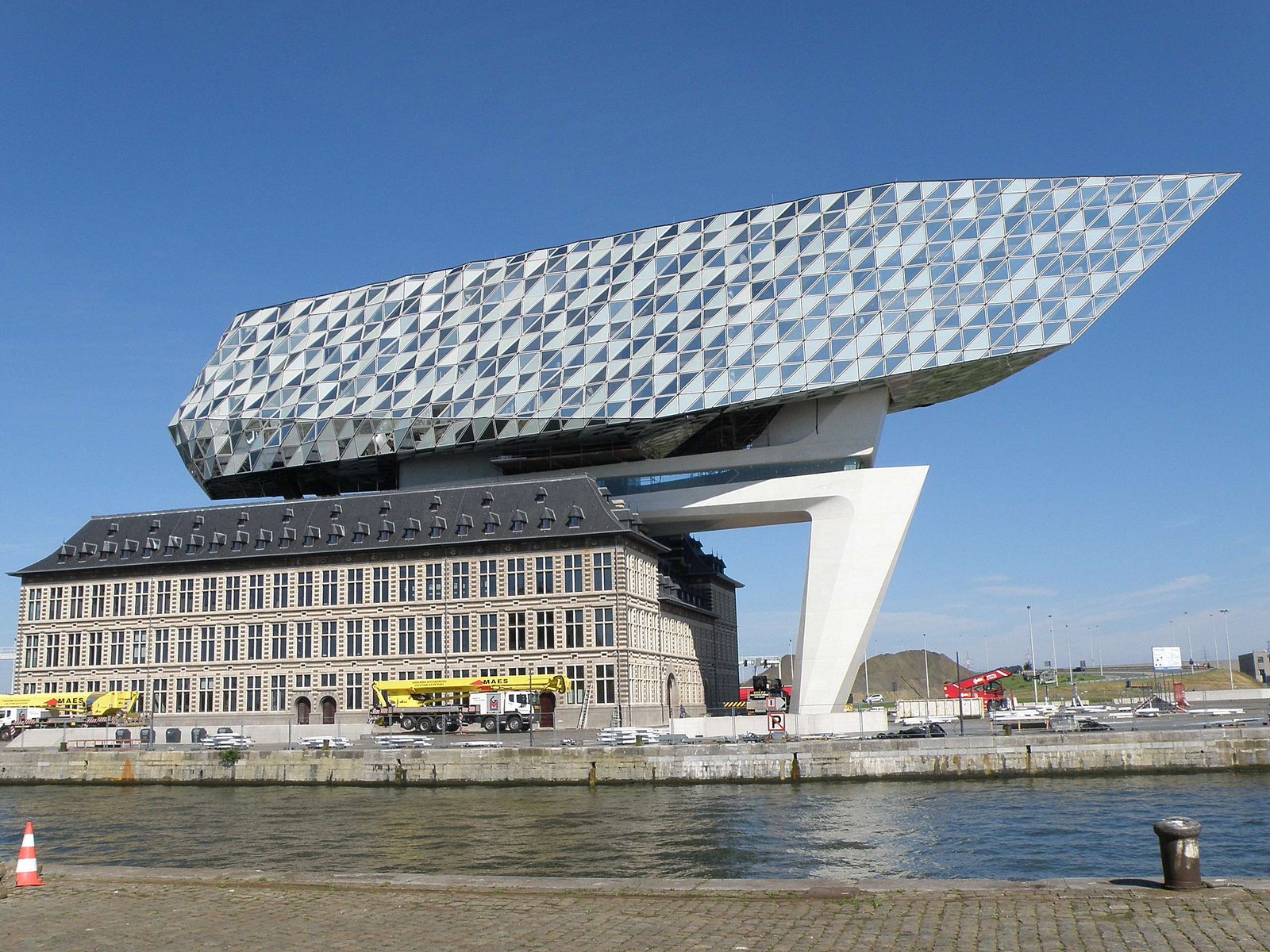
Port House (Havenhuis)
🧠 Fact: Designed by Zaha Hadid, this futuristic building sits atop a former fire station.
💡 Tip: Take a guided tour to explore the interior and learn about the port's history.
Info - A modern architectural icon designed by Zaha Hadid, the Port House fuses a historic fire station with a bold, glass-and-steel structure resembling a ship’s bow. Overlooking Antwerp’s port, it symbolizes the city’s maritime legacy and innovative spirit. While primarily an office building, its futuristic design is a popular stop for architecture enthusiasts.
- 📍 Belgium , Antwerp
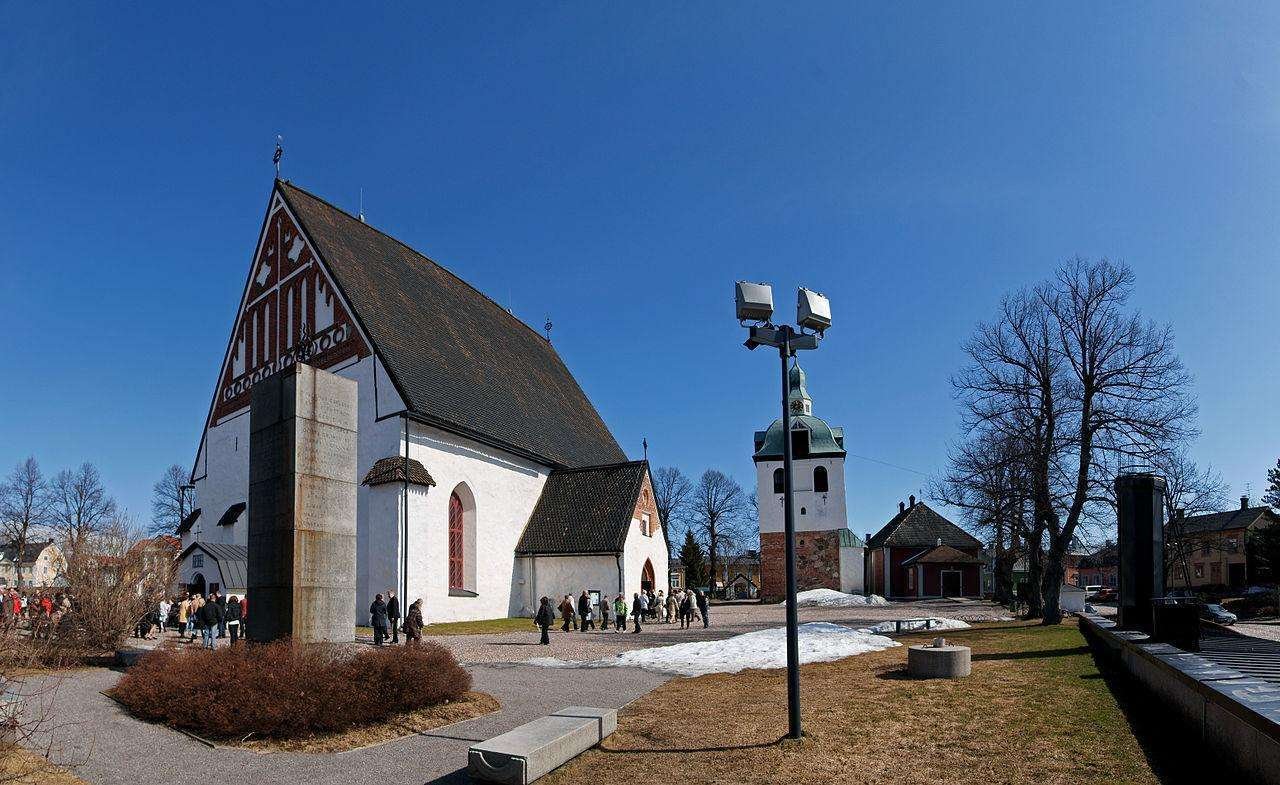
Porvoo Cathedral
🧠 Fact: Originally built in the 15th century, it has been rebuilt multiple times after fires
💡 Tip: Check for classical concerts often held inside.
Info - Porvoo Cathedral stands as a proud symbol of the town’s rich history and spiritual heritage. Originally built in the 15th century, the cathedral has endured fires and restorations over the centuries. Its Gothic architecture, whitewashed stone walls, and serene interior make it a peaceful place for reflection. The cathedral famously hosted the first Diet of Finland in 1809, when Finland came under Russian rule. Nestled in the heart of Old Town Porvoo, it remains a beloved landmark and an essential stop for visitors exploring the region.
- 📍 Finland , Porvoo
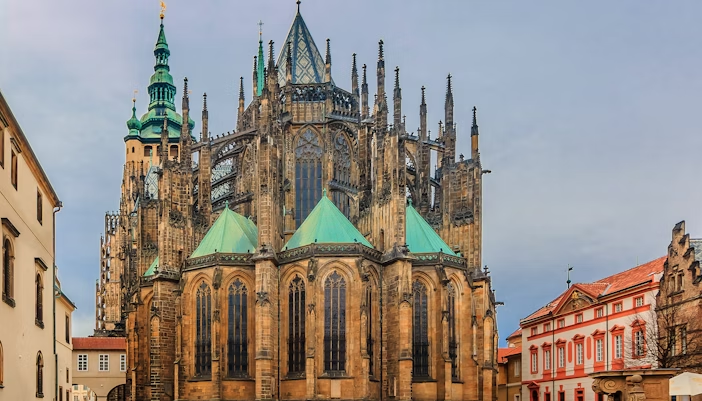
Prague Castle
🧠 Fact: The largest ancient castle complex in the world and a UNESCO World Heritage site.
💡 Tip: Visit during the changing of the guard ceremony.
Info - Prague Castle is the city’s crown jewel, a sprawling complex overlooking the Vltava River. Dating back to the 9th century, it’s the largest ancient castle in the world, home to Gothic spires, royal palaces, courtyards, and the stunning St. Vitus Cathedral. Visitors can stroll Golden Lane, explore medieval halls, and admire panoramic views of Prague’s rooftops. The castle has housed kings, emperors, and presidents, making it a living symbol of Czech history. Don’t miss the ceremonial Changing of the Guard and evening illuminations, which turn the fortress into a fairytale silhouette against the night sky.
- 📍 Czech Republic, Prague
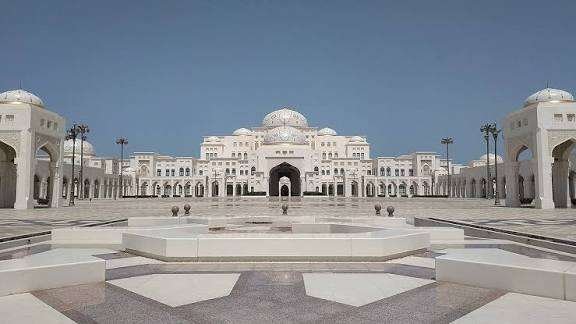
Qasr Al Watan
🧠 Fact: A working presidential palace you can tour — it’s jaw-dropping.
💡 Tip: Book evening light show tickets for the full experience.
Info: Qasr Al Watan, meaning "Palace of the Nation," is a cultural landmark in Abu Dhabi that offers visitors a deep insight into the UAE's heritage, governance, and craftsmanship. Opened to the public in 2019, this working presidential palace showcases Arabian architecture with its grand white granite façade, intricate geometric patterns, and a central dome rising 60 meters high. Inside, explore the Great Hall, the House of Knowledge with rare manuscripts, and the Spirit of Collaboration chamber used for official summits. Don't miss the Palace in Motion light and sound show, illuminating the palace's façade with stories of the nation's past and future. Open daily (except Mondays), tickets start at AED 65 for adults and AED 30 for children. For more information and bookings, visit qasralwatan.ae
- 📍United Arab Emirates, Qasr Al Watan
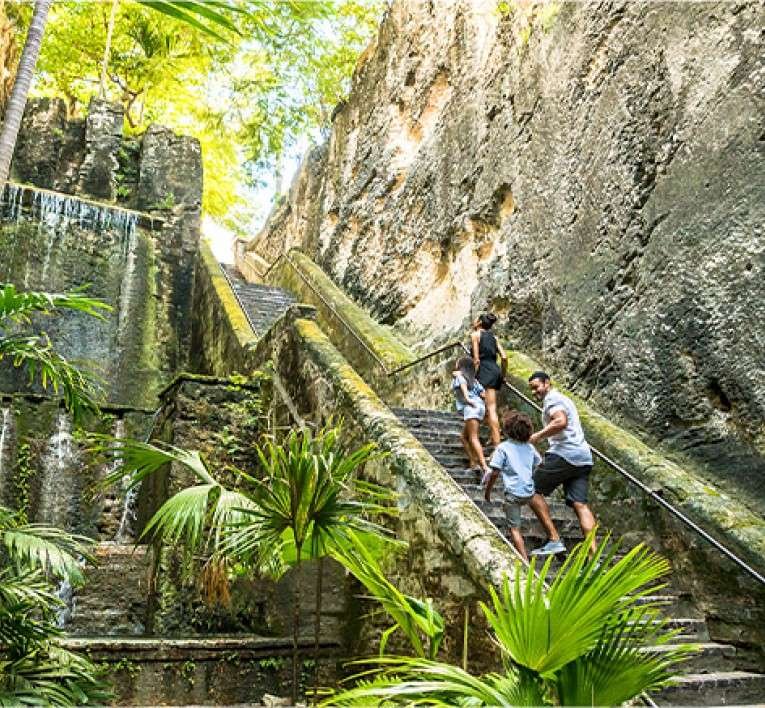
Queen’s Staircase
🧠 Fact: A 66-step limestone staircase carved by slaves in the 1700s, honouring Queen Victoria
💡 Tip: Go early in the morning to enjoy the cool shade and quiet atmosphere
Info - One of Nassau’s most iconic landmarks, the Queen’s Staircase is a historic limestone staircase carved by enslaved people in the late 18th century. Comprising 66 steps (though now 65 due to road adjustments), it was named in honor of Queen Victoria for her role in abolishing slavery in the British Empire. Surrounded by lush greenery and towering stone walls, it offers a peaceful, shaded walk and a glimpse into Bahamian history. The staircase leads to Fort Fincastle, making it a popular cultural stop.
- 📍 Bahamas, Nassau
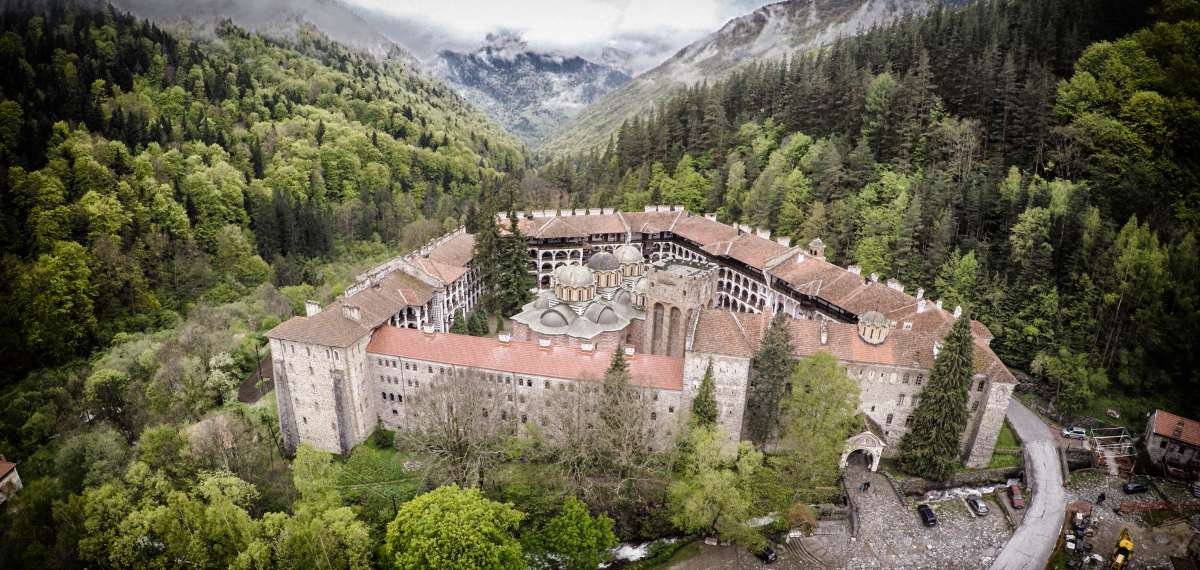
Rila Monastery
🧠 Fact: Founded in the 10th century, it's the largest and most famous Eastern Orthodox monastery in Bulgaria.
💡 Tip: Dress modestly and visit early to enjoy the peaceful atmosphere.
Info - High in Bulgaria’s Rila Mountains, the Rila Monastery is a UNESCO World Heritage Site and a symbol of Bulgarian cultural identity. Founded in the 10th century by the hermit Saint Ivan of Rila, the monastery is famed for its striking striped arches, ornate frescoes, and richly decorated wooden interiors. The courtyard’s arcaded galleries and the five-domed main church create an awe-inspiring scene against a backdrop of forested peaks. Its museum holds medieval manuscripts, icons, and precious relics. Still an active monastic community, the monastery is both a spiritual retreat and a masterpiece of Bulgarian Revival architecture, drawing pilgrims and travelers year-round.
- 📍 Bulgaria , Rila
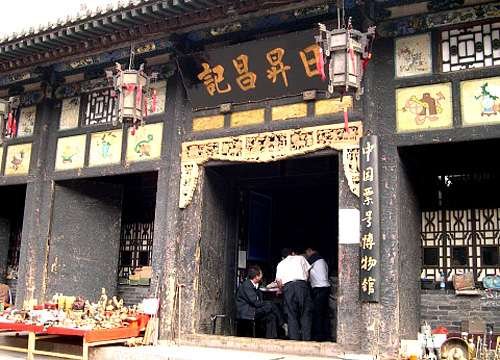
Rishengchang Draft Bank
🧠 Fact: China's first bank, dating back to the Qing dynasty.
💡 Tip: A must for history buffs and finance fans.
Info - Considered the birthplace of China’s modern banking system, Rishengchang Exchange Shop is the country’s first draft bank, established in 1823 during the Qing Dynasty. Located in Pingyao’s historic district, this well-preserved building complex offers an intriguing look at ancient financial practices. Inside, visitors can explore traditional offices, vaults, courtyards, and meeting halls where merchant families once handled national silver drafts and money transfers. The site’s museum displays old abacuses, business ledgers, and antique currency, offering a fascinating glimpse into China’s commercial history and Pingyao’s role as a financial powerhouse.
- 📍 China, Pingyao
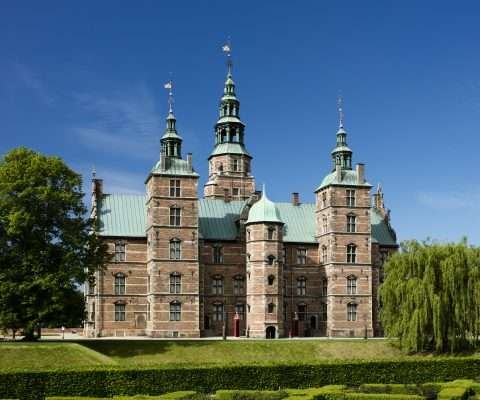
Rosenborg Castle
🧠 Fact: The castle houses the Danish crown jewels and royal regalia.
💡 Tip: Arrive early to avoid crowds, especially in the summer.
Info - Rosenborg Castle, a Dutch Renaissance masterpiece, was built by King Christian IV in the early 17th century as a royal pleasure palace. Set in Copenhagen’s lush King’s Garden, the castle houses Denmark’s royal regalia and crown jewels. Visitors can tour opulent rooms filled with baroque art, period furniture, and personal artifacts of Danish monarchs. Highlights include the Knights’ Hall, famous for its coronation thrones guarded by silver lions. The surrounding gardens are popular for picnics and strolls. Rosenborg’s fairy-tale turrets and rich royal history make it one of Copenhagen’s most atmospheric landmarks.
- 📍 Denmark, Copenhagen
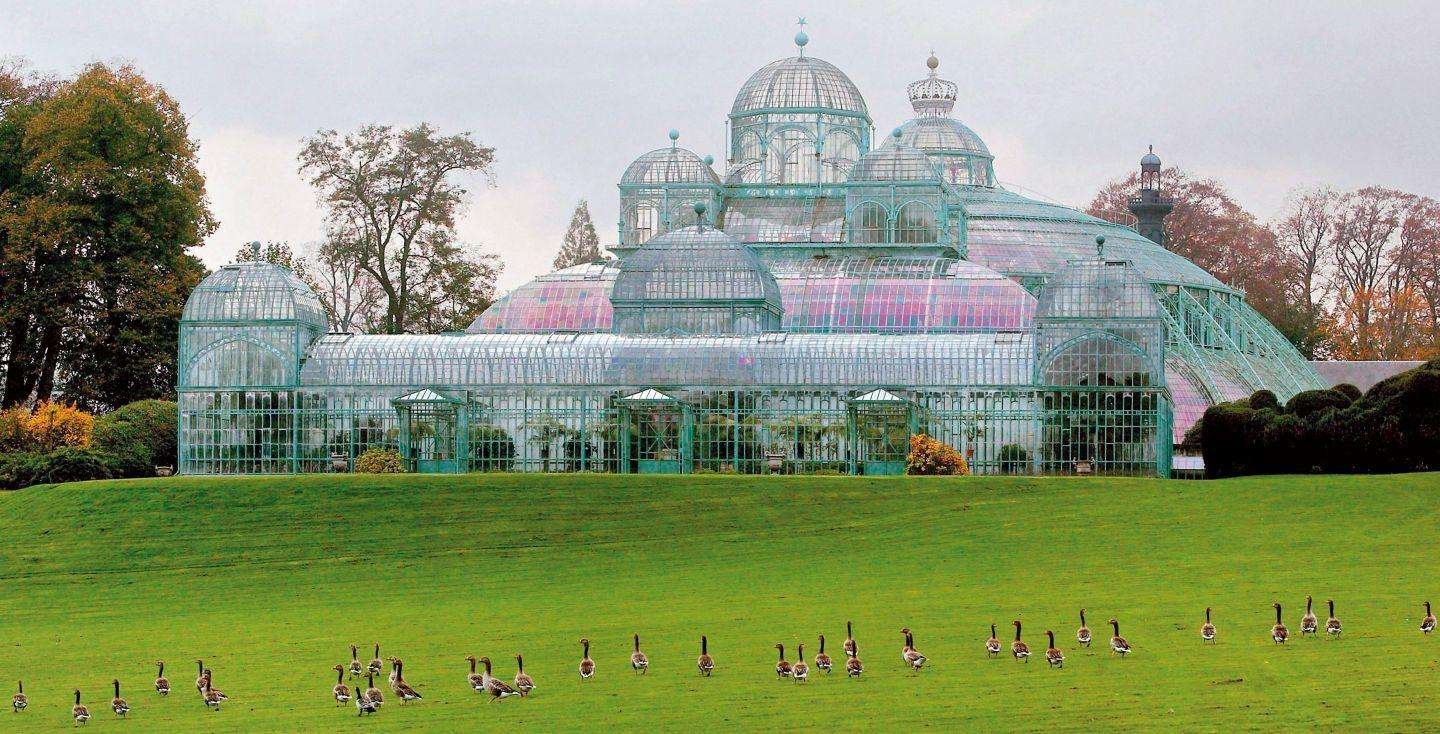
Royal Greenhouses of Laeken
🧠 Fact: These massive 19th-century greenhouses are only open to the public a few weeks each spring.
💡 Tip: Visit in April or May for the floral season and limited-time access.
Info - Open to the public only for a few weeks each spring, the Royal Greenhouses of Laeken are a botanical wonder. Designed by Alphonse Balat for King Leopold II, these grand glass domes and pavilions house an impressive collection of exotic plants and flowers. It’s a rare chance to explore lush gardens and stunning 19th-century architecture.
- 📍 Belgium , Brussels
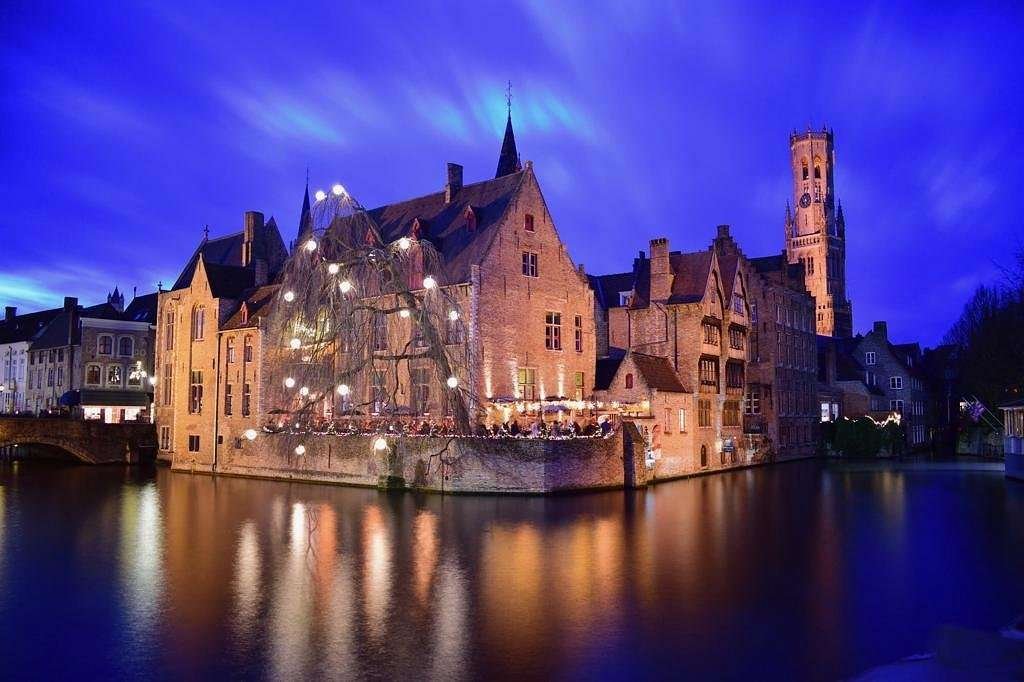
Rozenhoedkaai Viewpoint
🧠 Fact: This iconic canal-side spot is the most photographed place in Bruges.
💡 Tip: Visit early in the morning to avoid crowds and get the best light.
Info -Rozenhoedkaai is perhaps the most photographed location in Bruges. With its stunning view of medieval facades reflected in the water and the towering Belfry in the background, it captures the essence of the city’s canal-side beauty. It’s especially magical at sunset when the buildings glow in the fading light.
- 📍 Belgium , Bruges
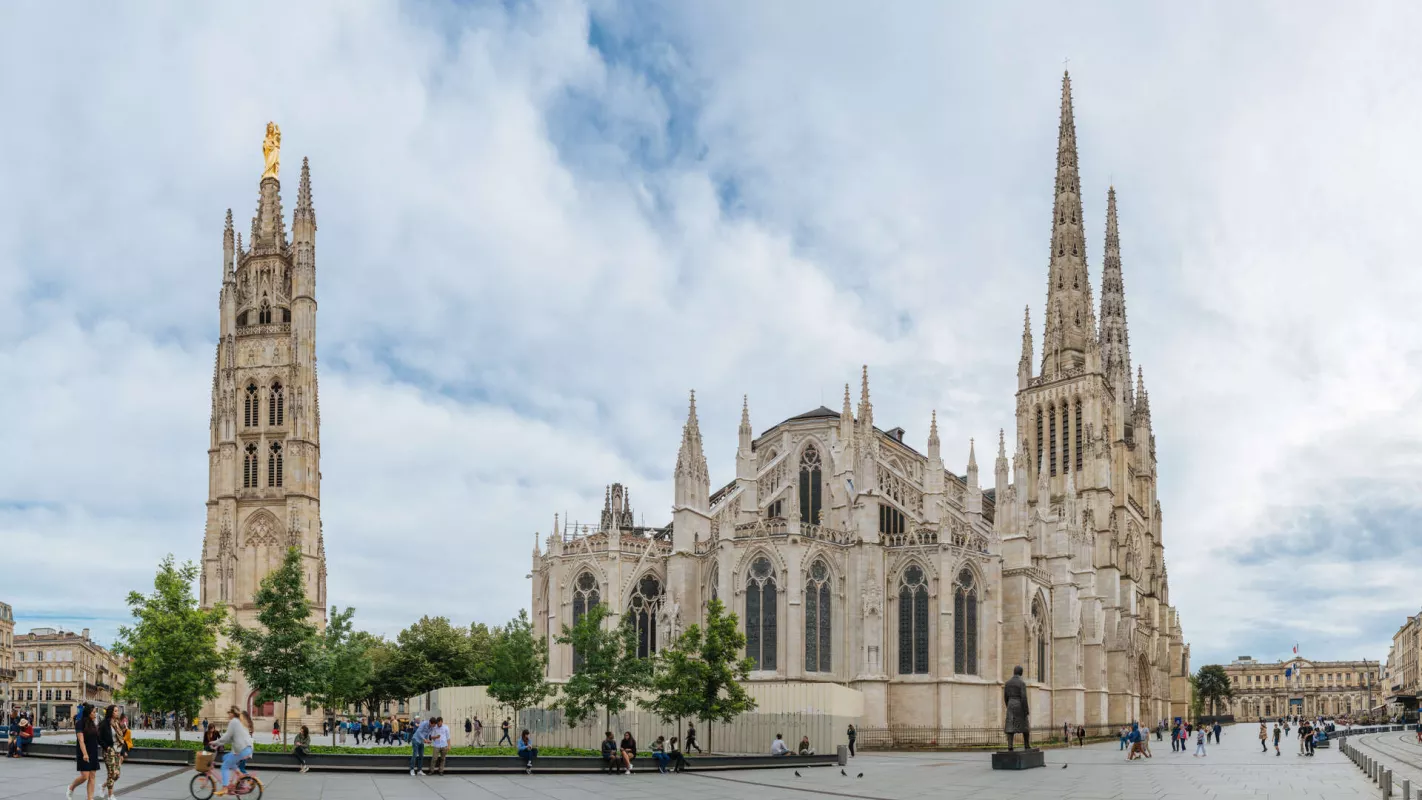
Saint-André Cathedral & Pey-Berland Tower
🧠 Fact: Gothic cathedral with views from the adjacent tower.
💡 Tip: Climb the tower for one of the best views in Bordeaux.
Info - Saint-André Cathedral is Bordeaux’s grand Gothic masterpiece, dating back to the 12th century and a UNESCO World Heritage Site. Known for its ornate façades, beautiful stained glass, and vaulted interiors, the cathedral has witnessed centuries of royal ceremonies and religious history. Adjacent stands the Pey-Berland Tower, a separate bell tower offering panoramic views of Bordeaux’s rooftops and the surrounding countryside. Climbing its 231 steps rewards visitors with one of the city’s best viewpoints. Together, the cathedral and tower form a remarkable pairing of medieval architecture and city heritage.
- 📍 France , Bordeaux
